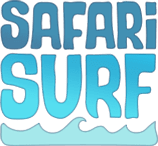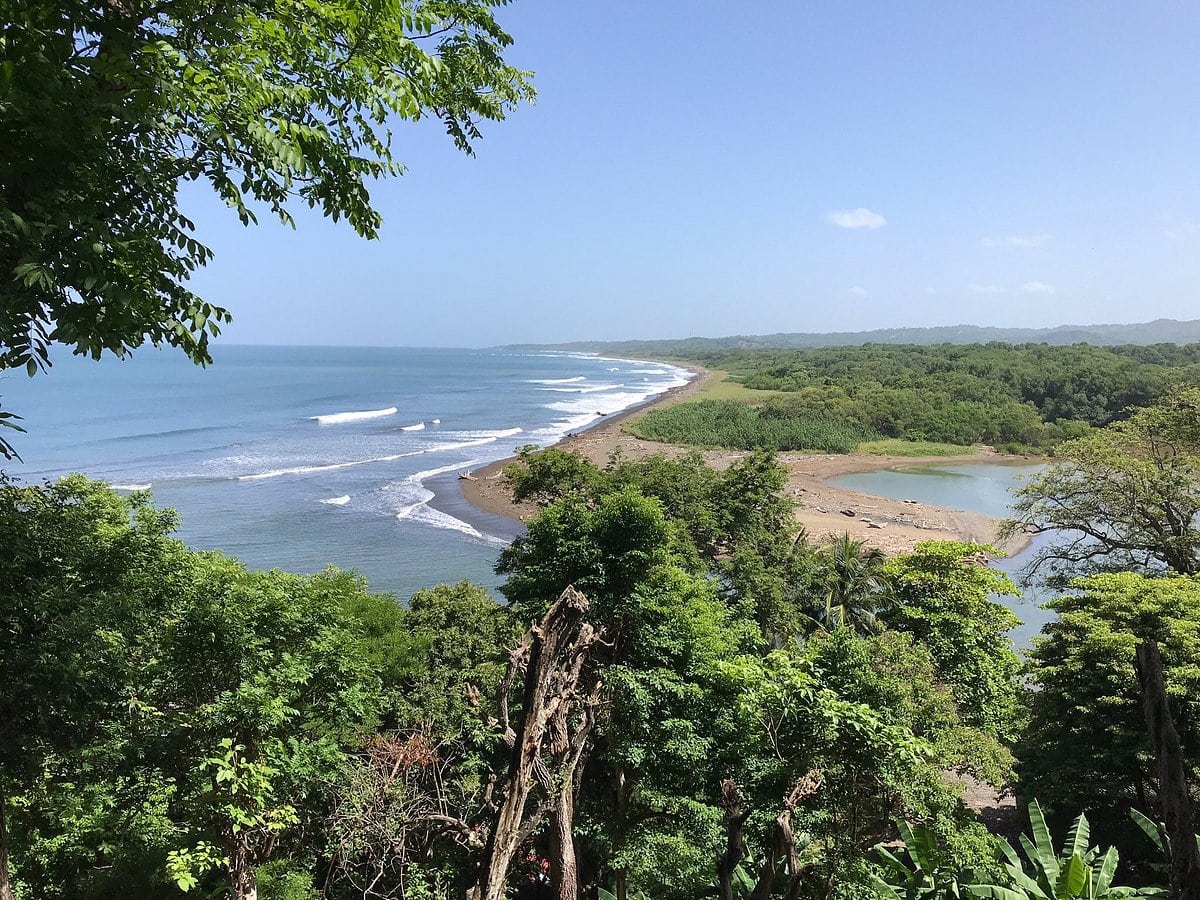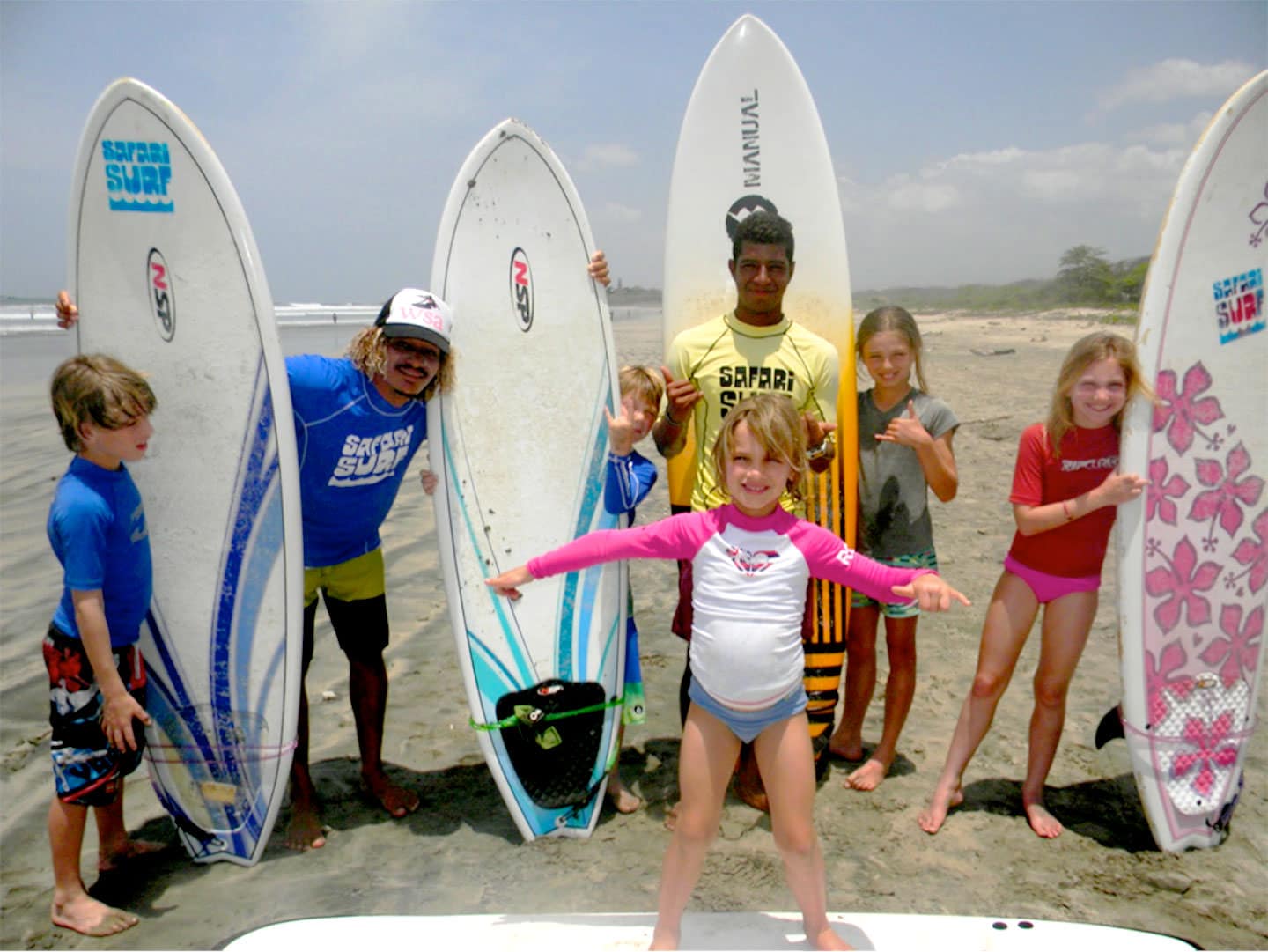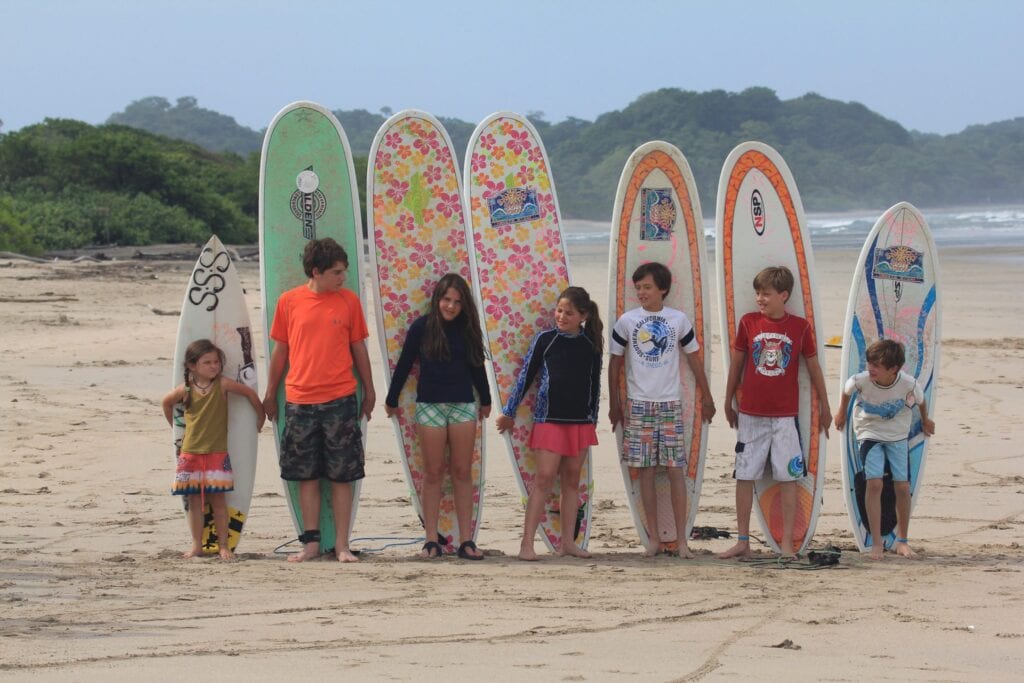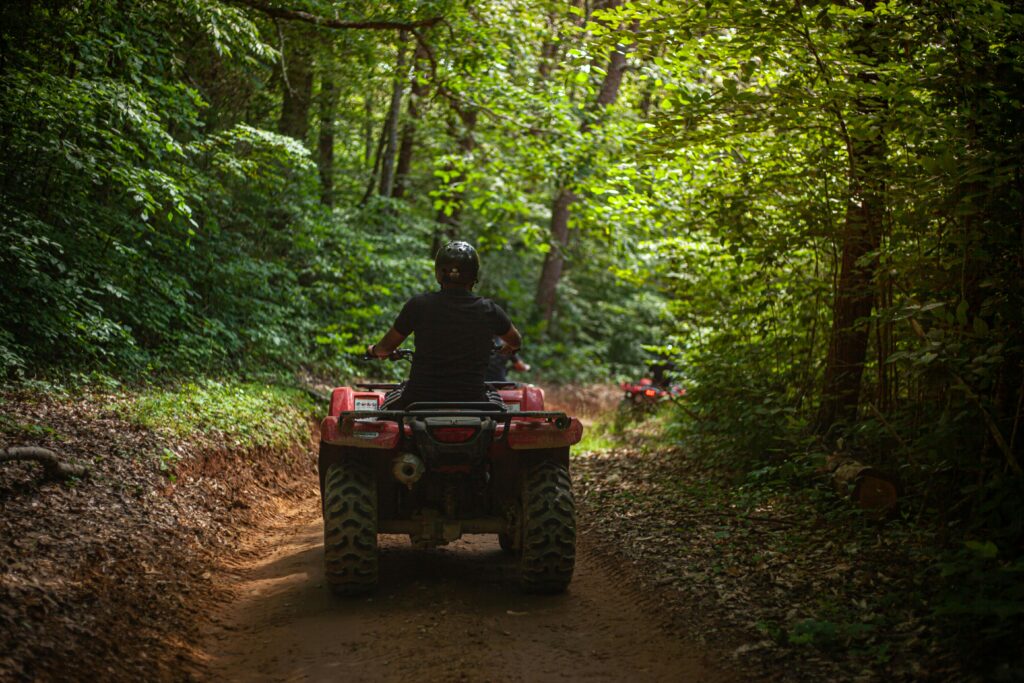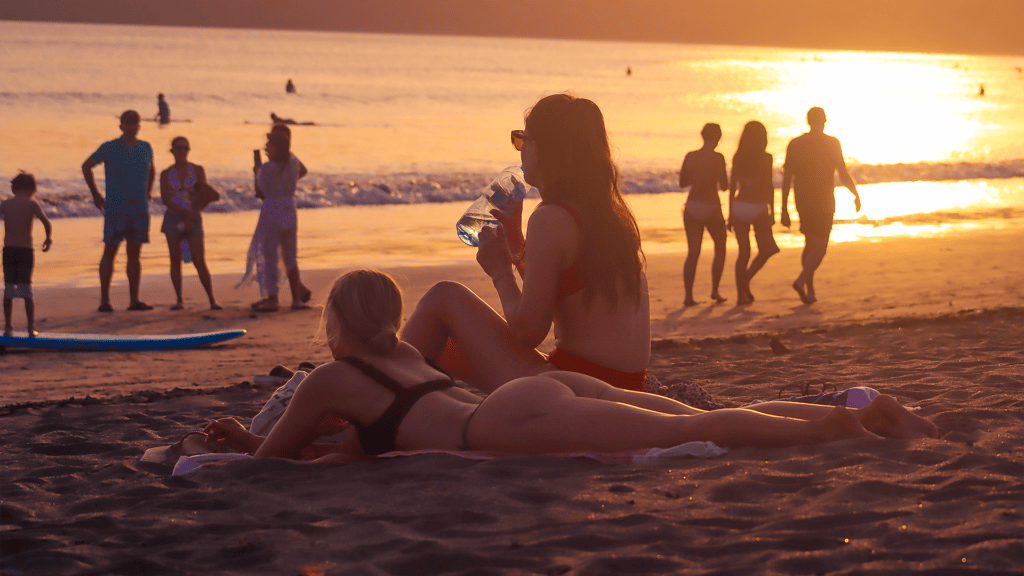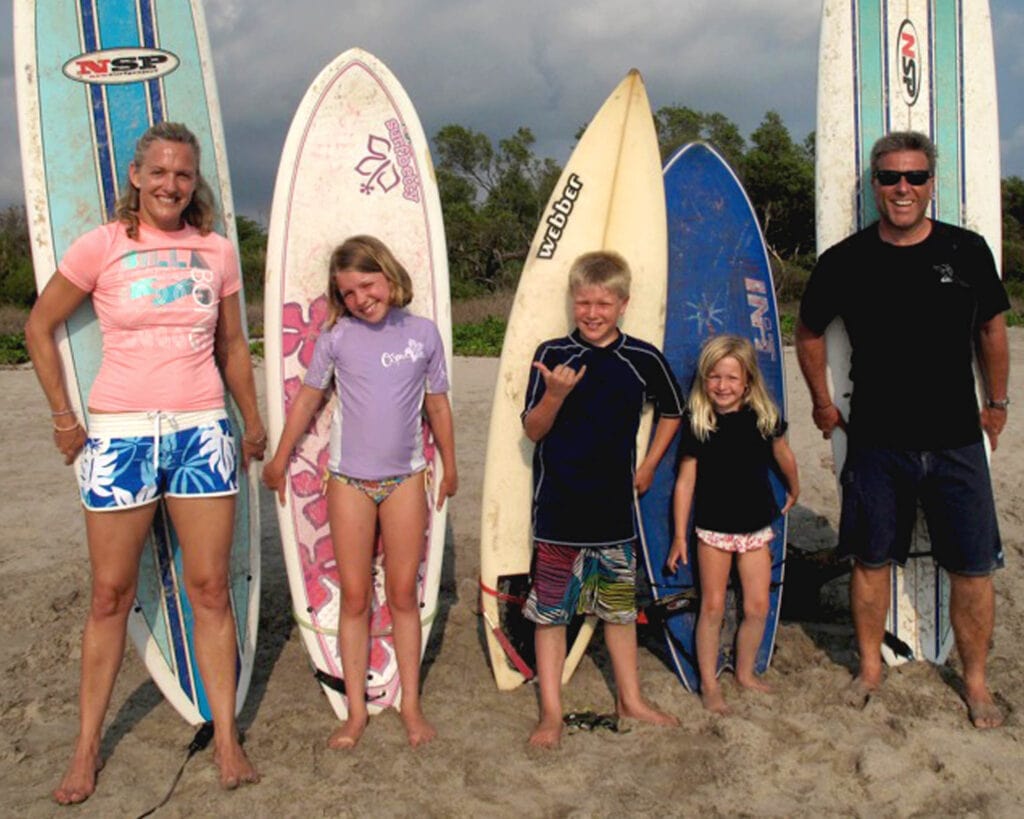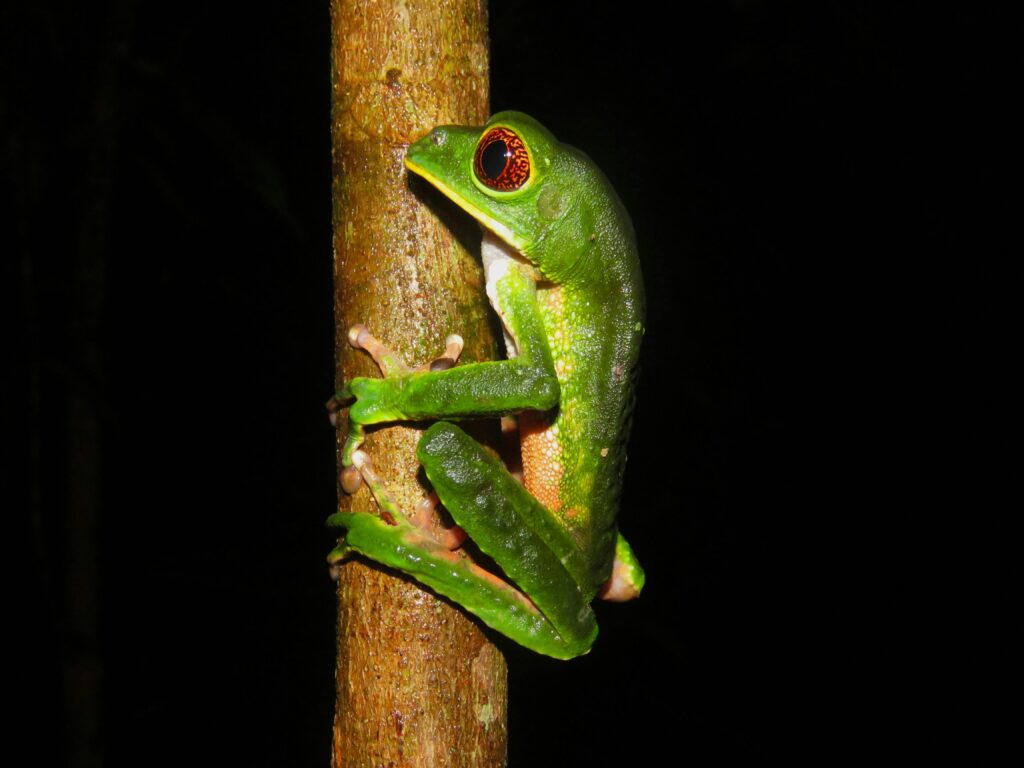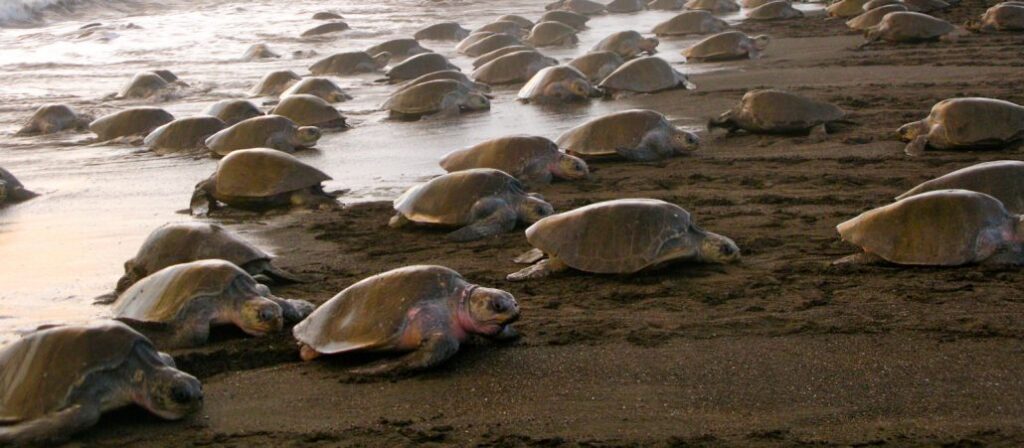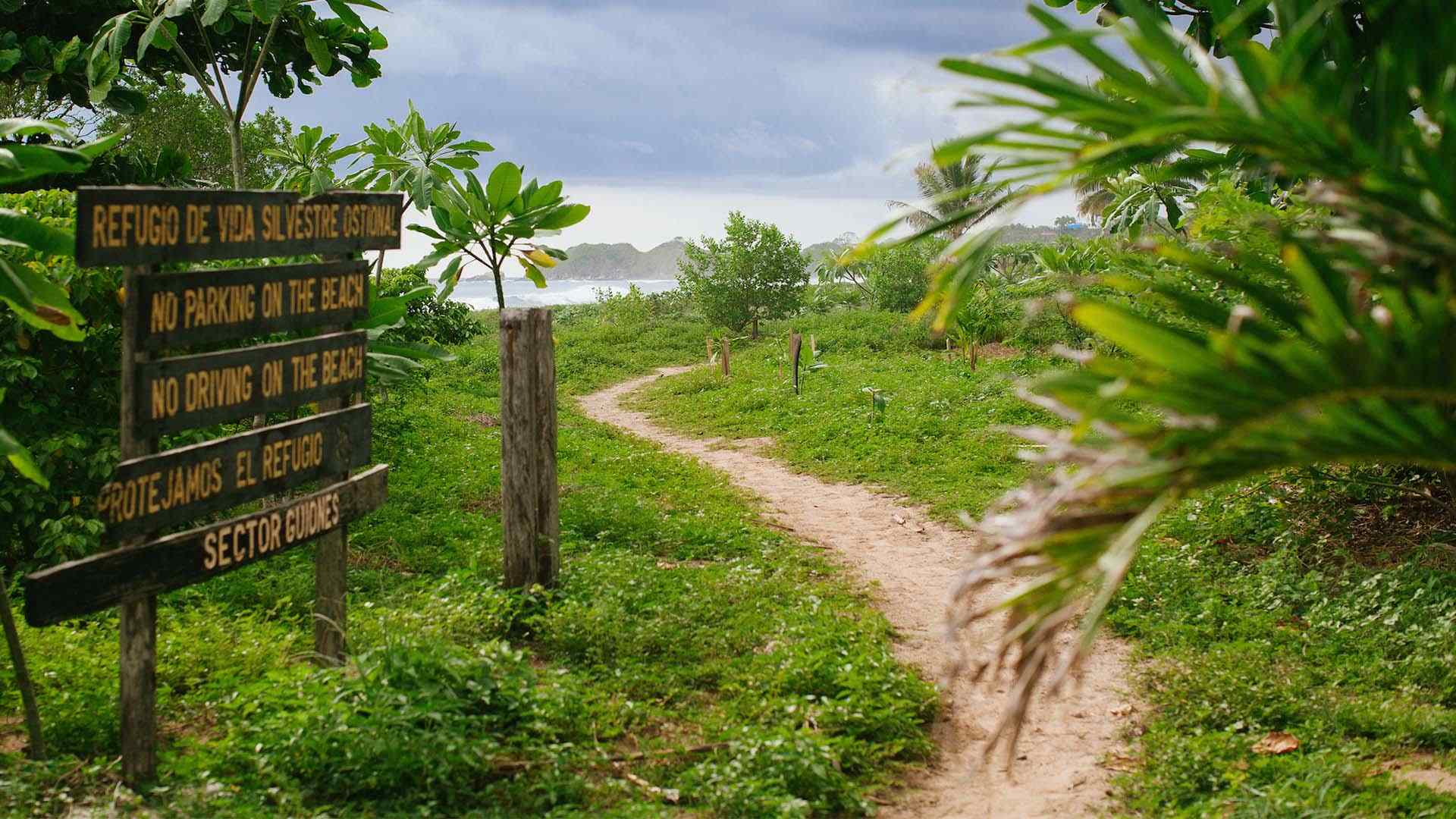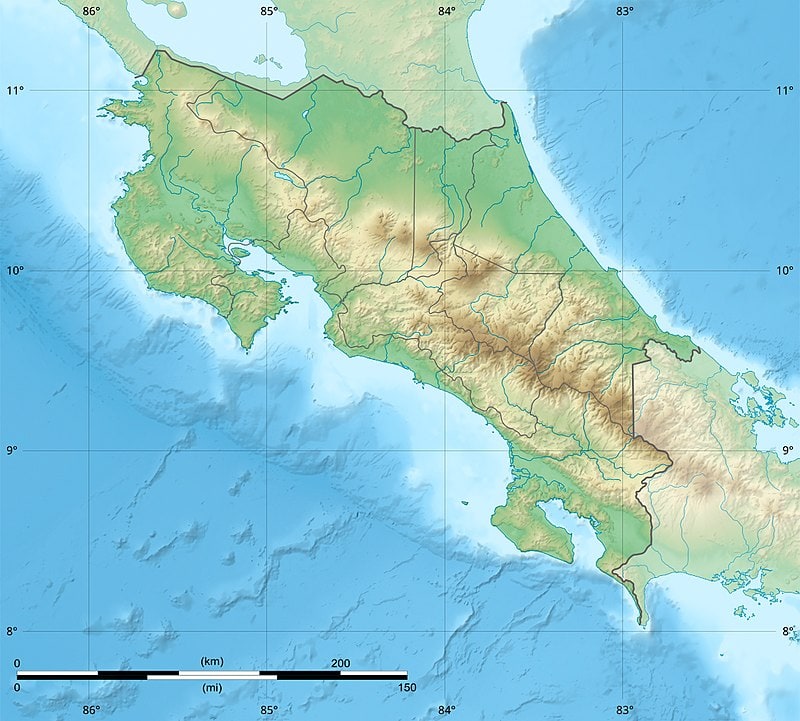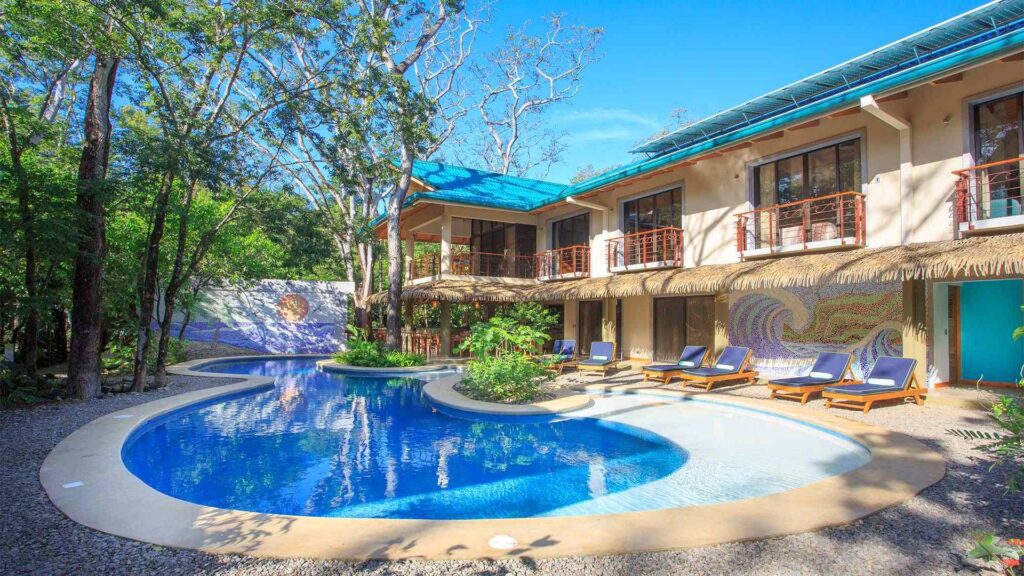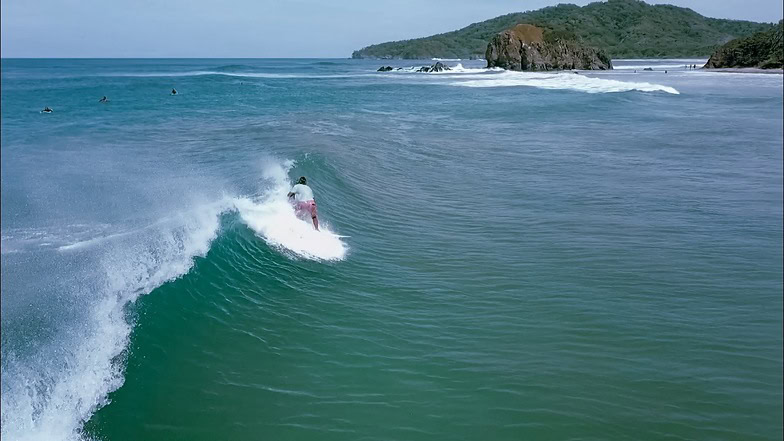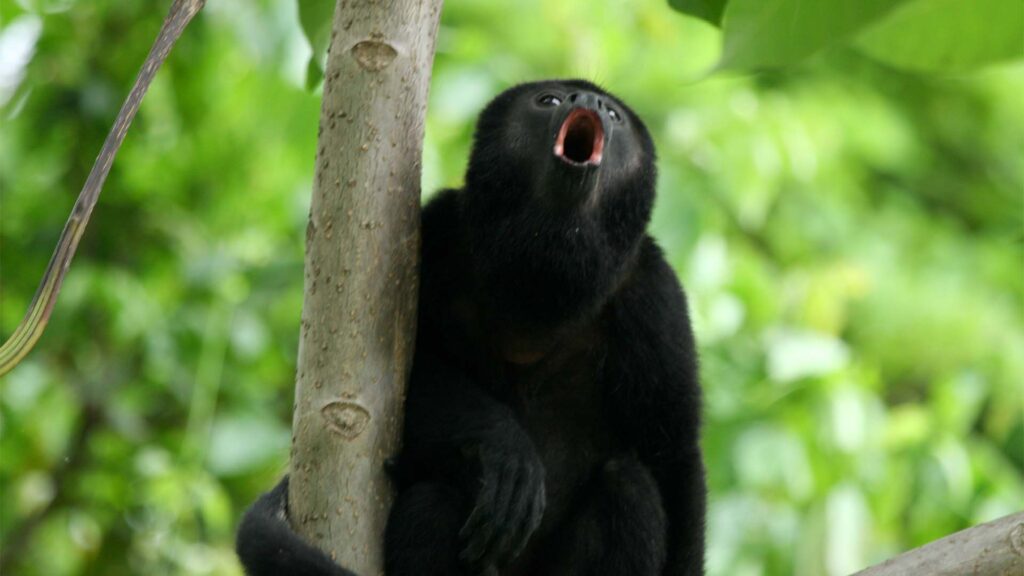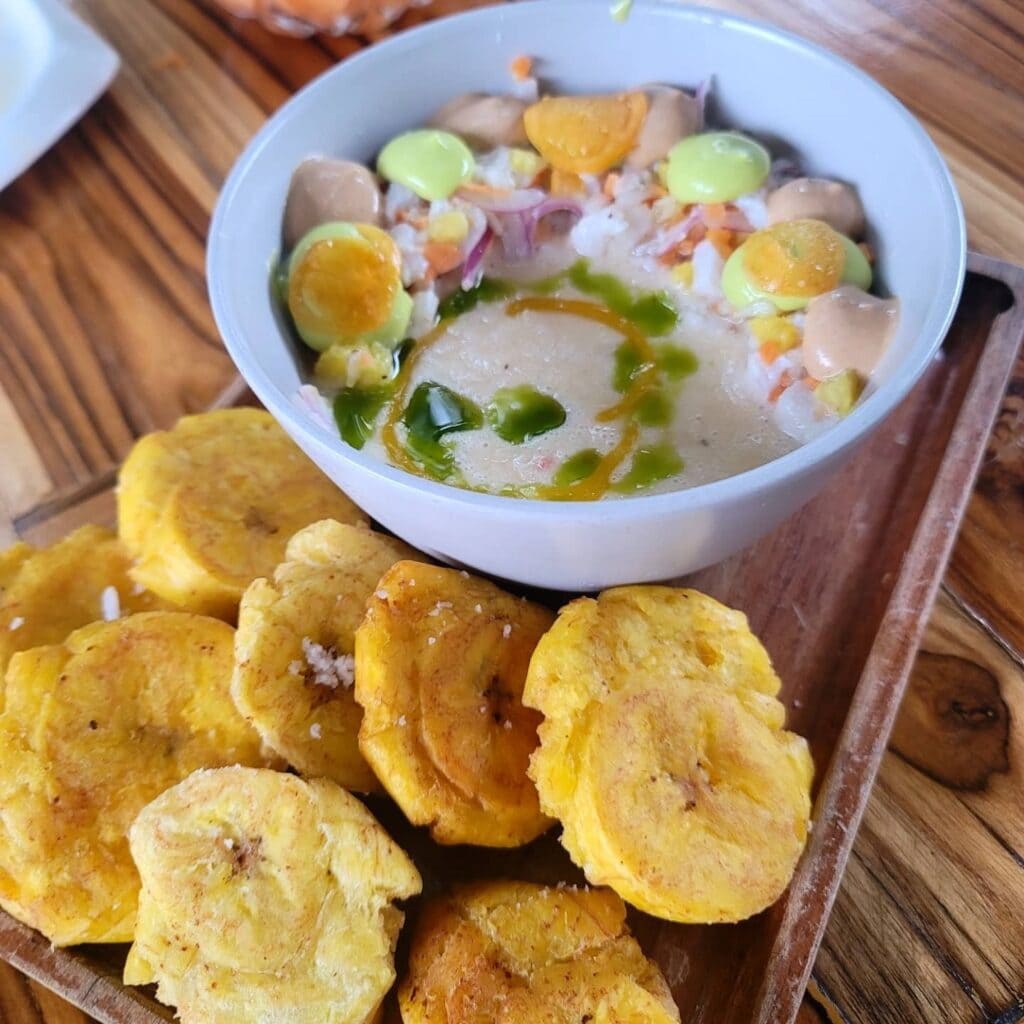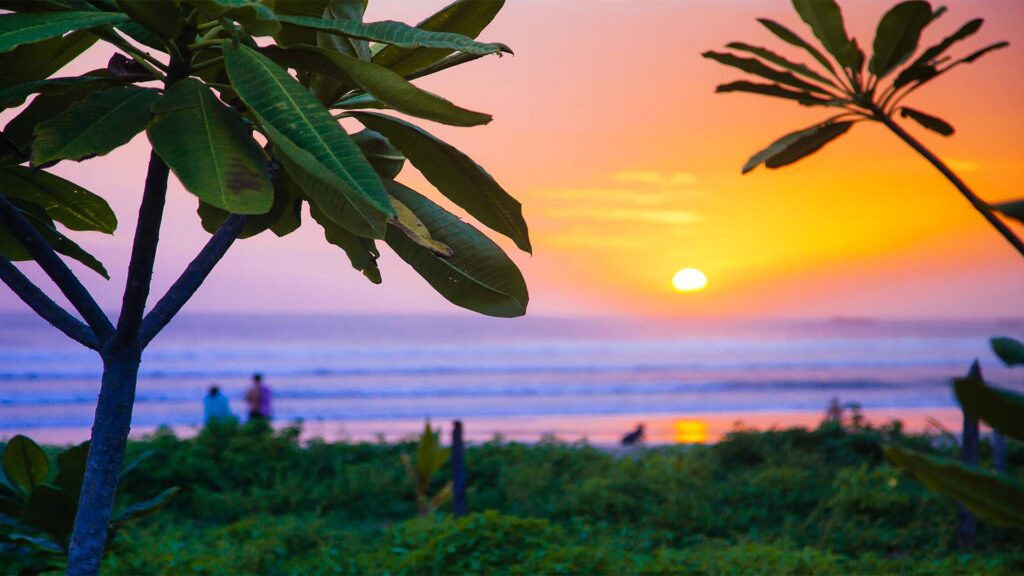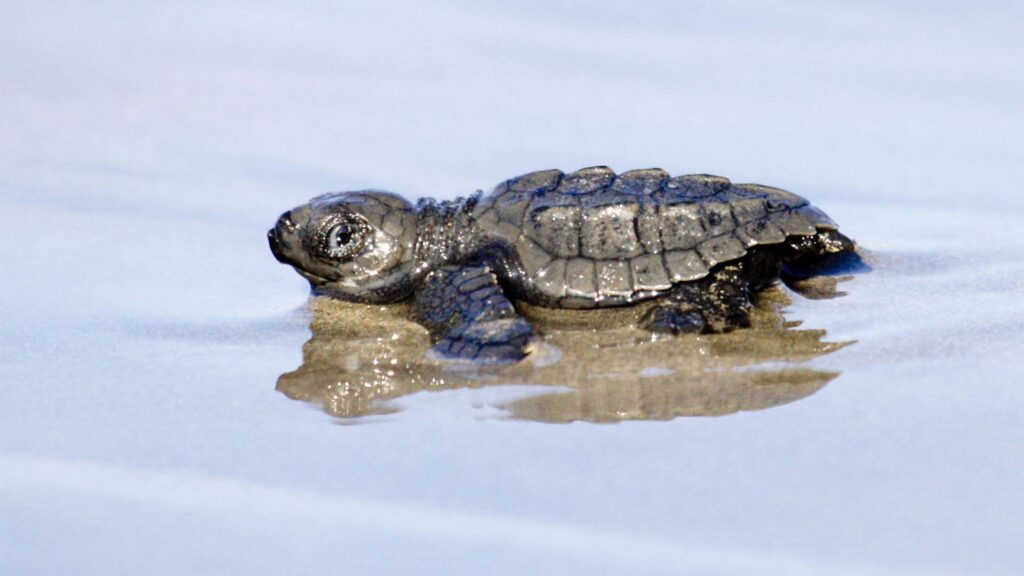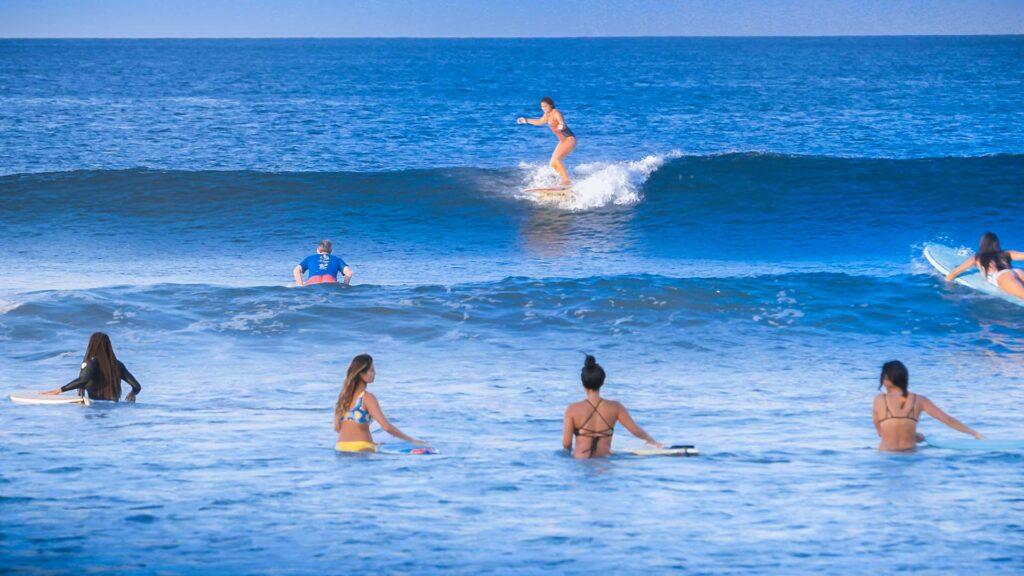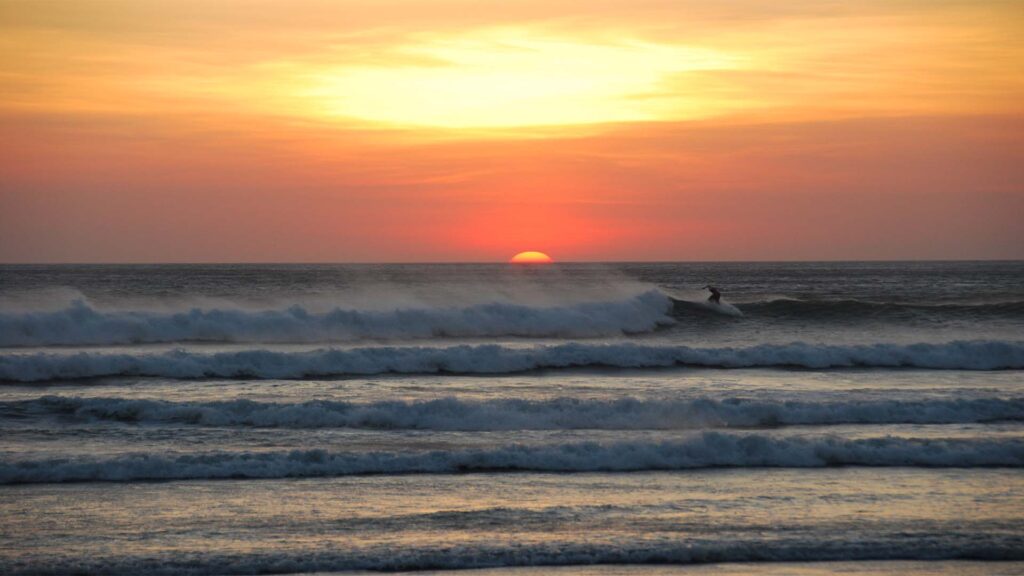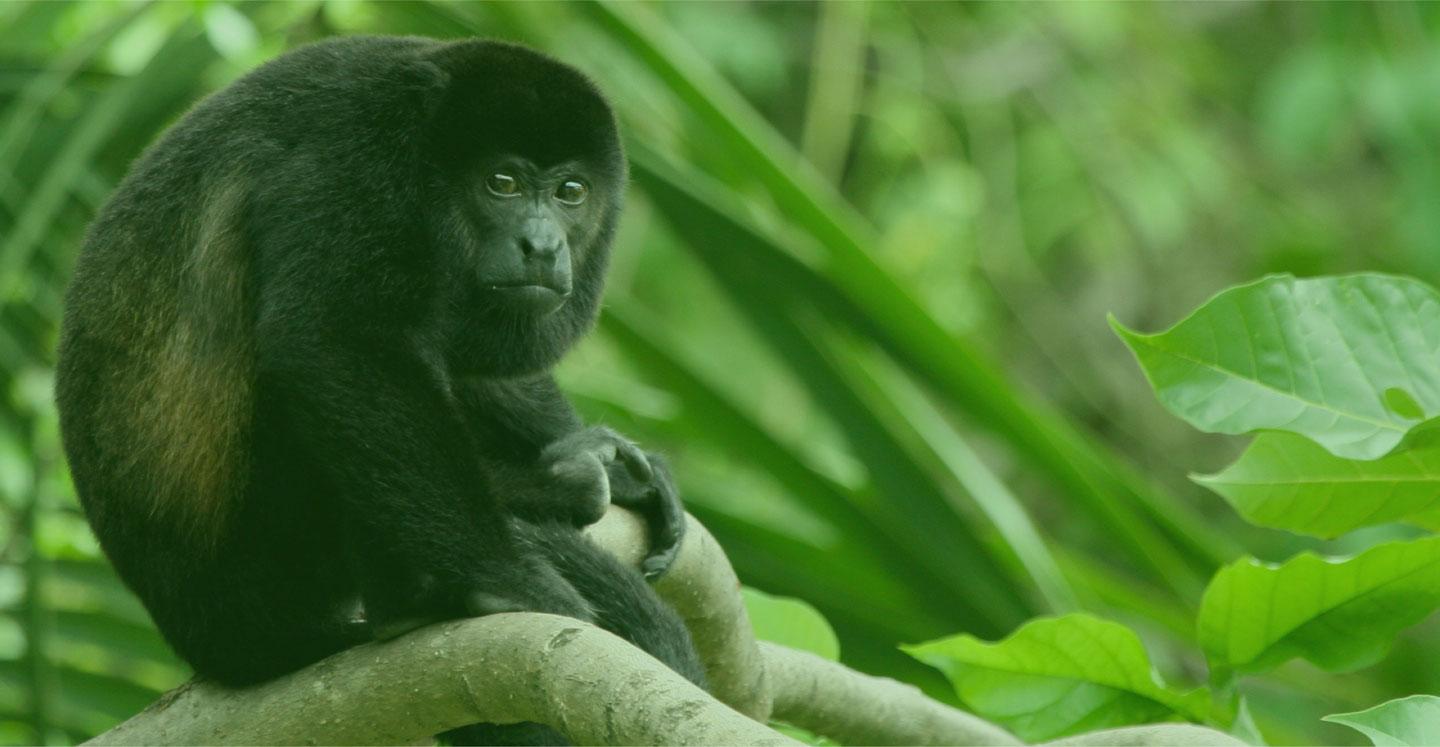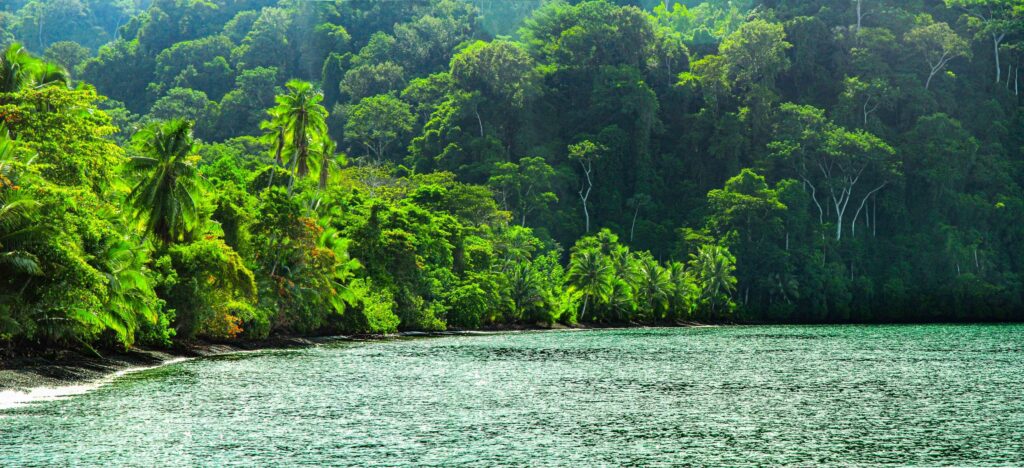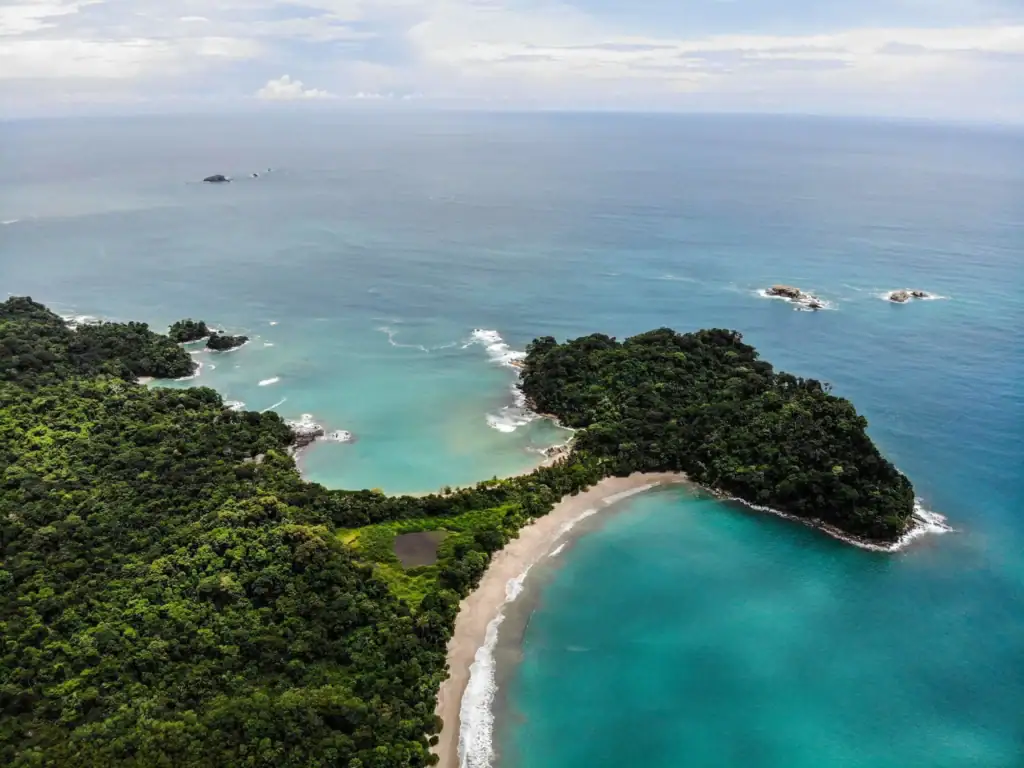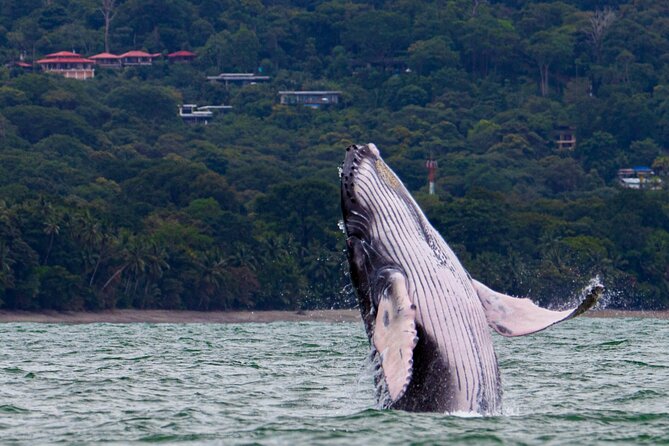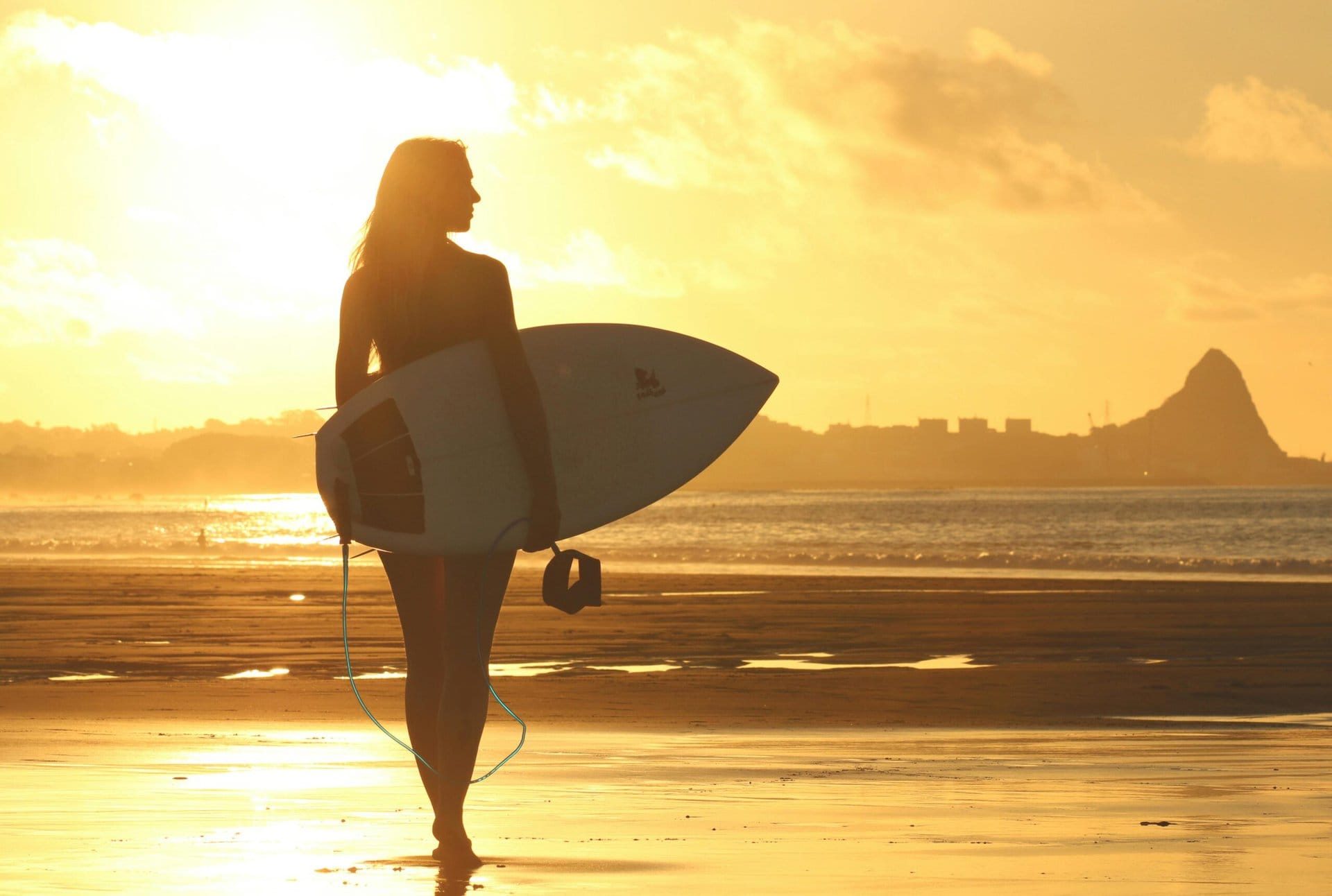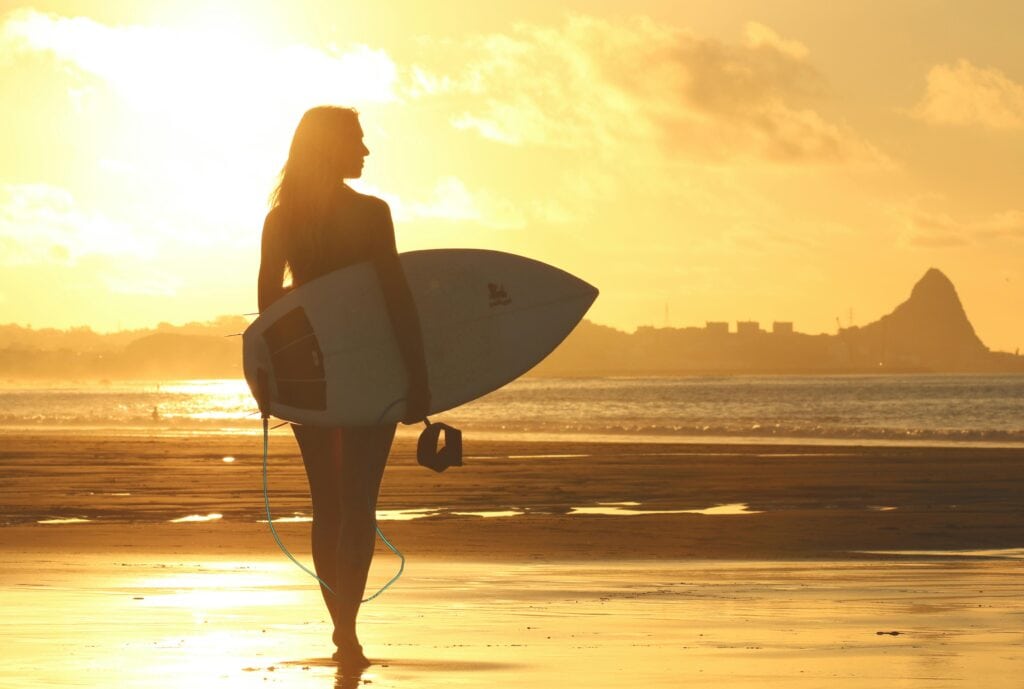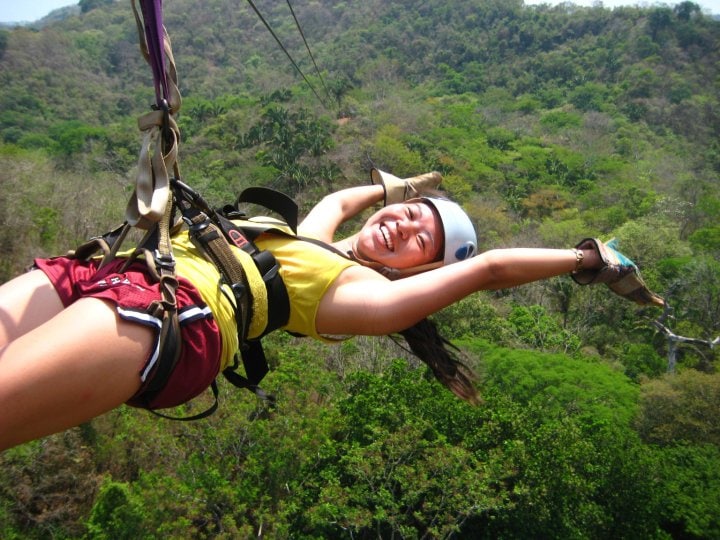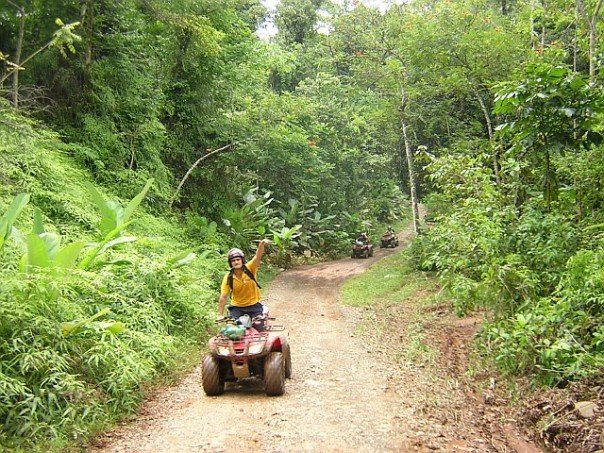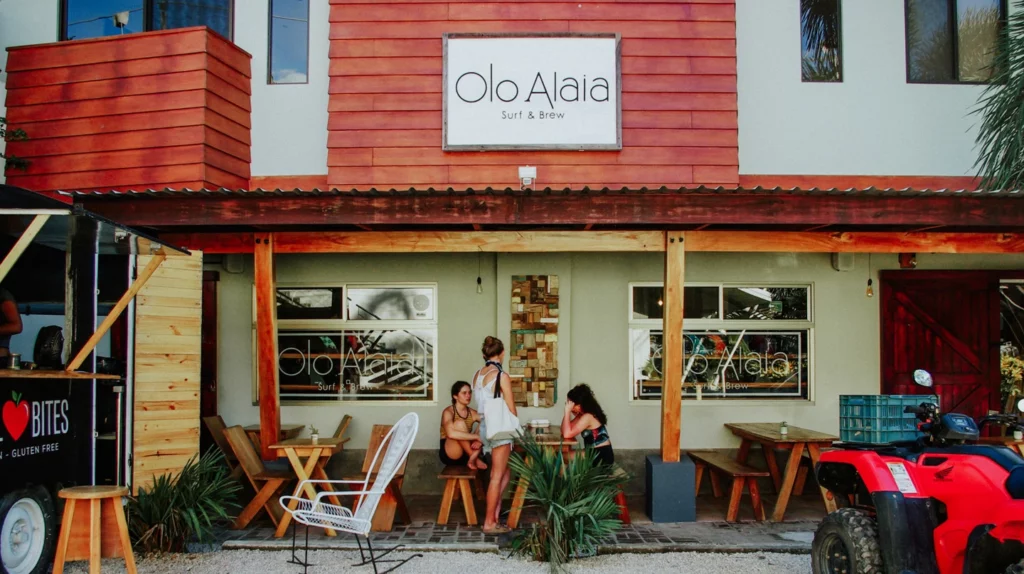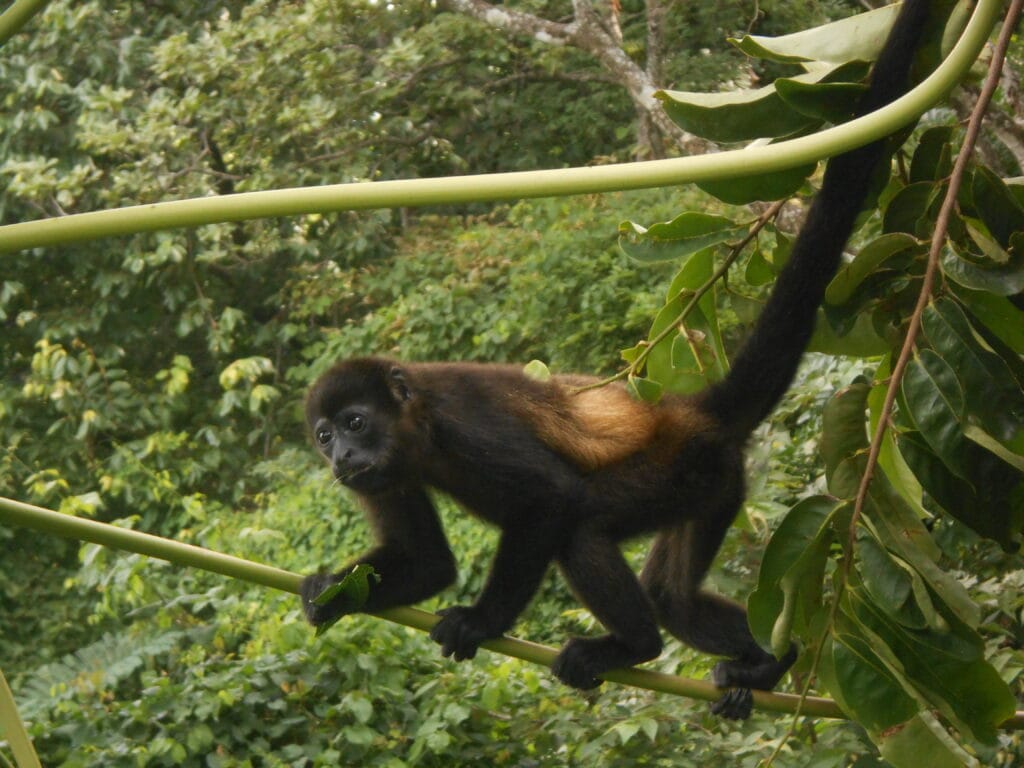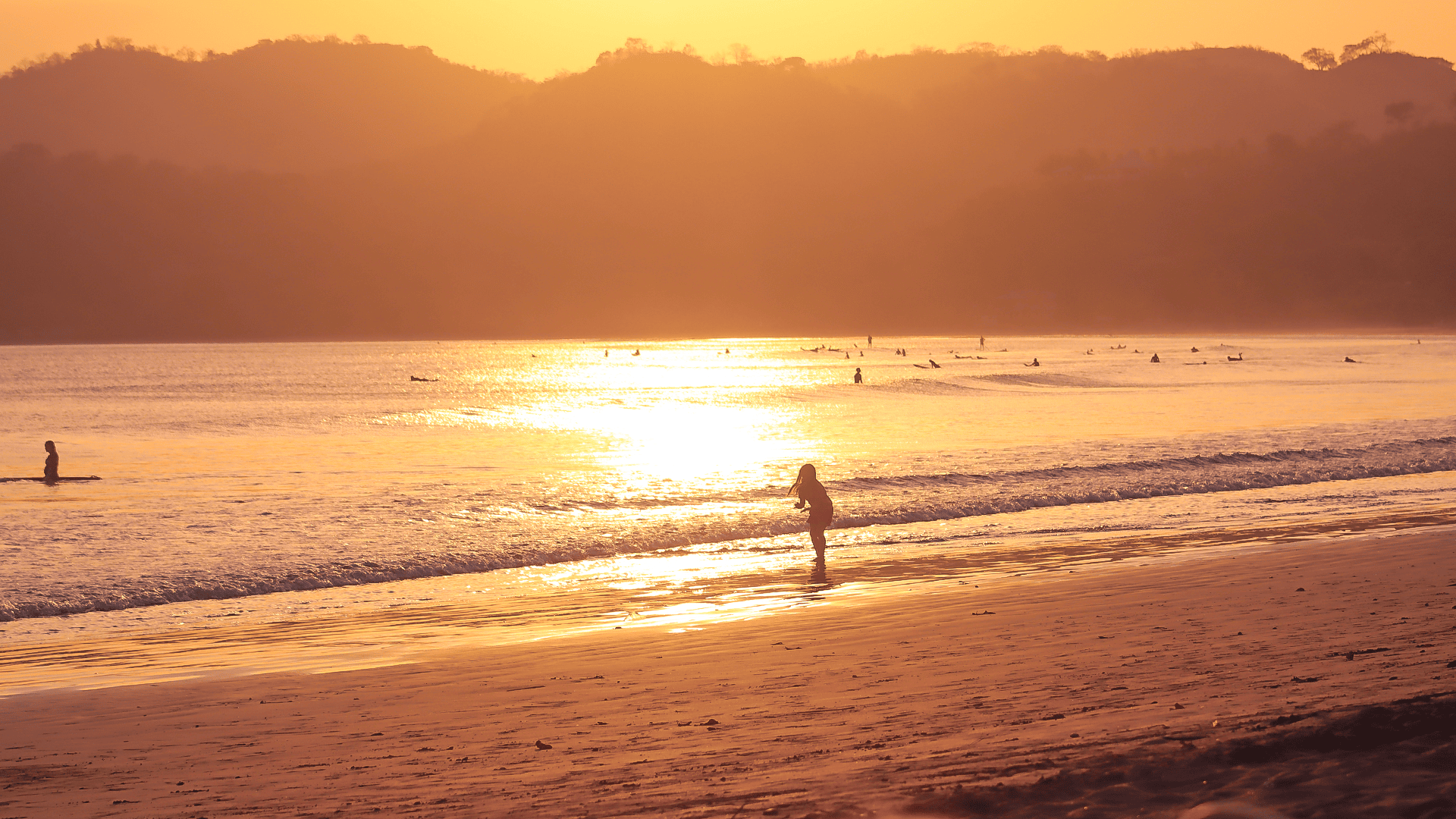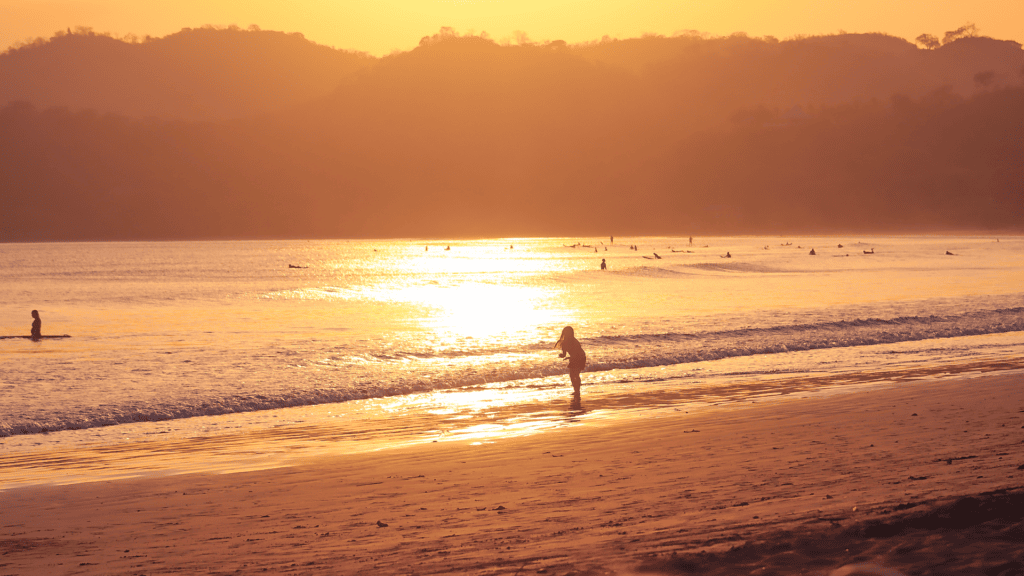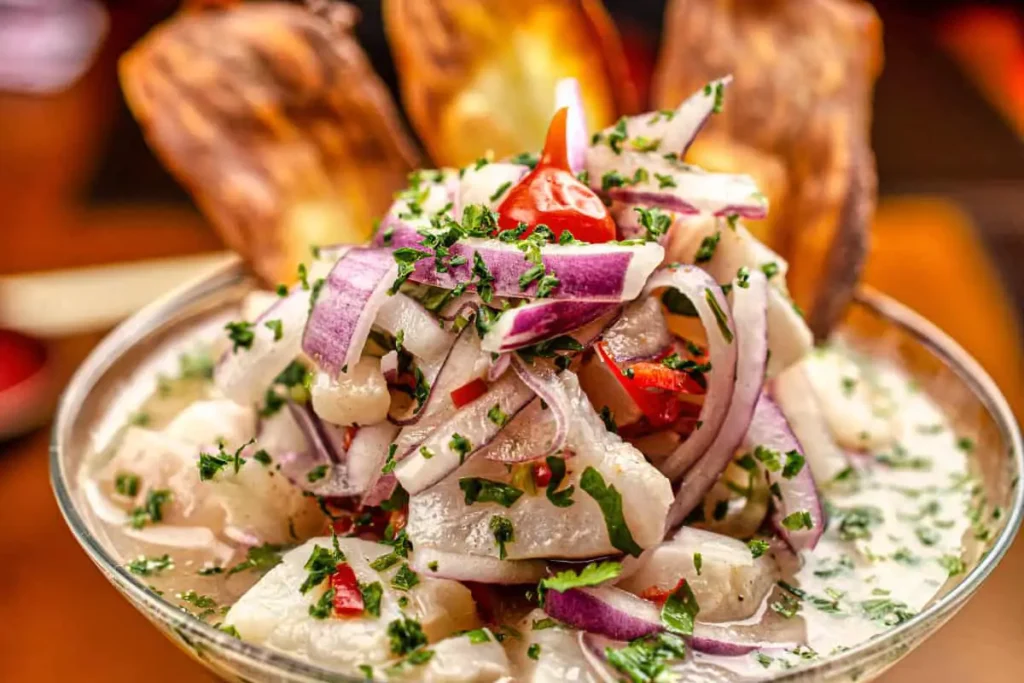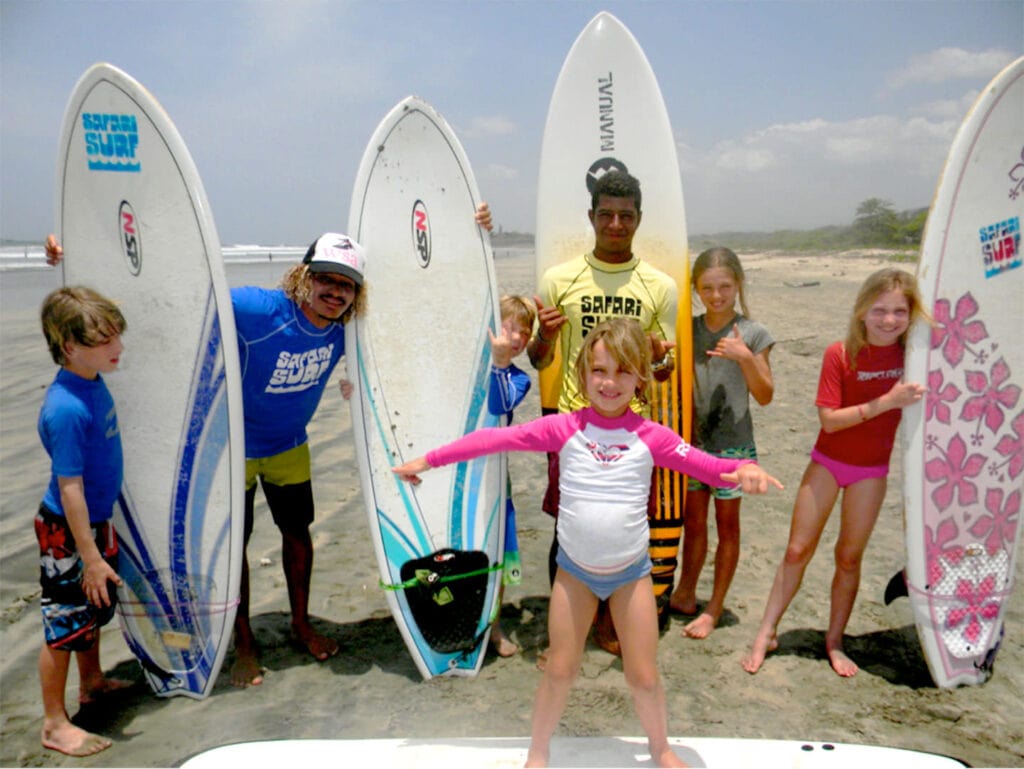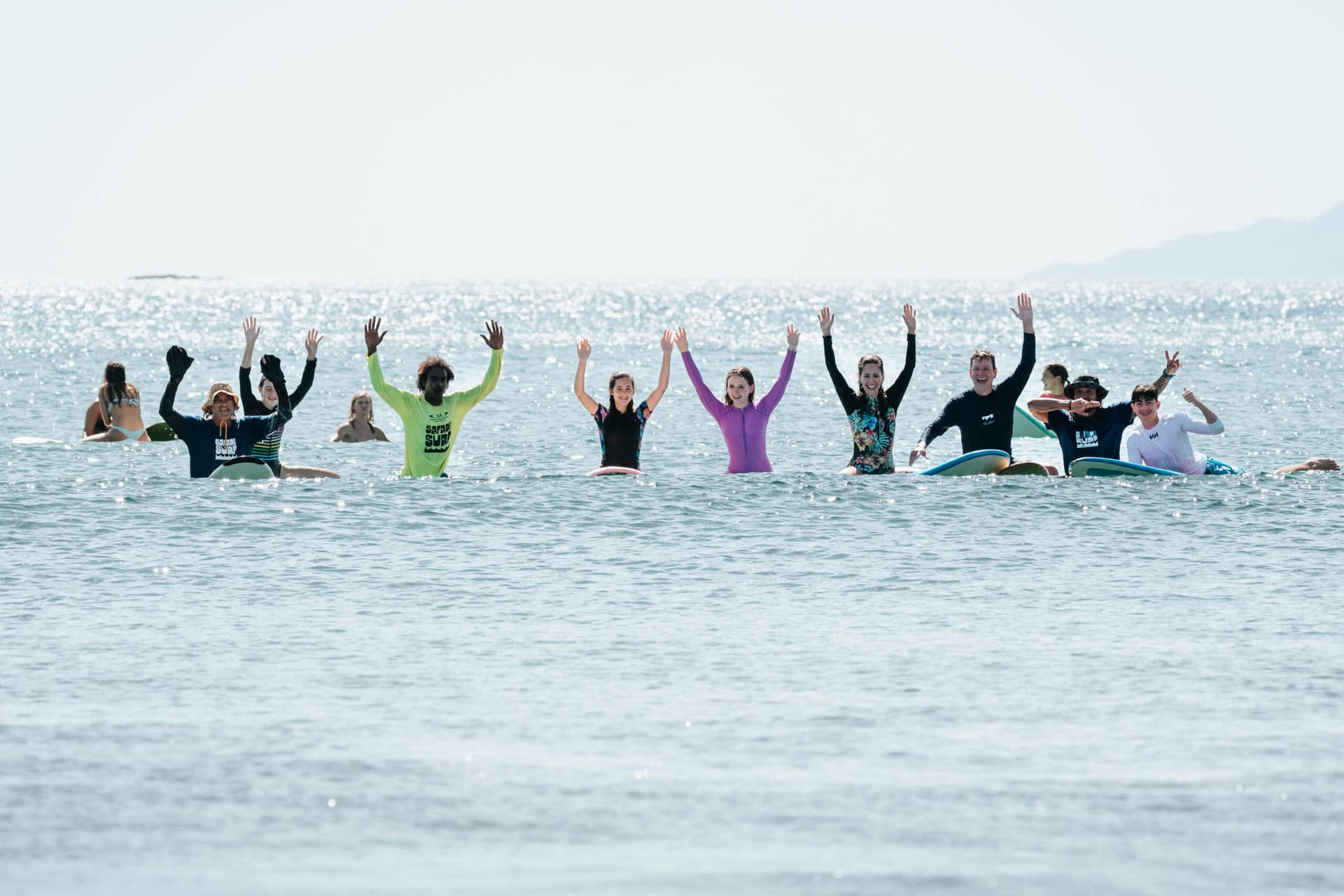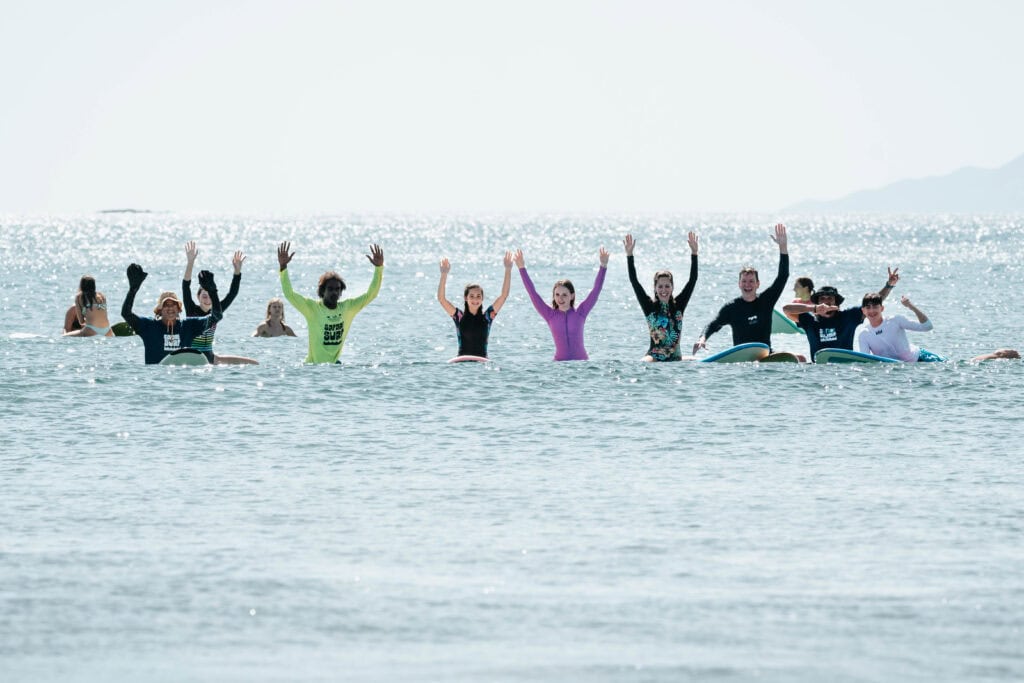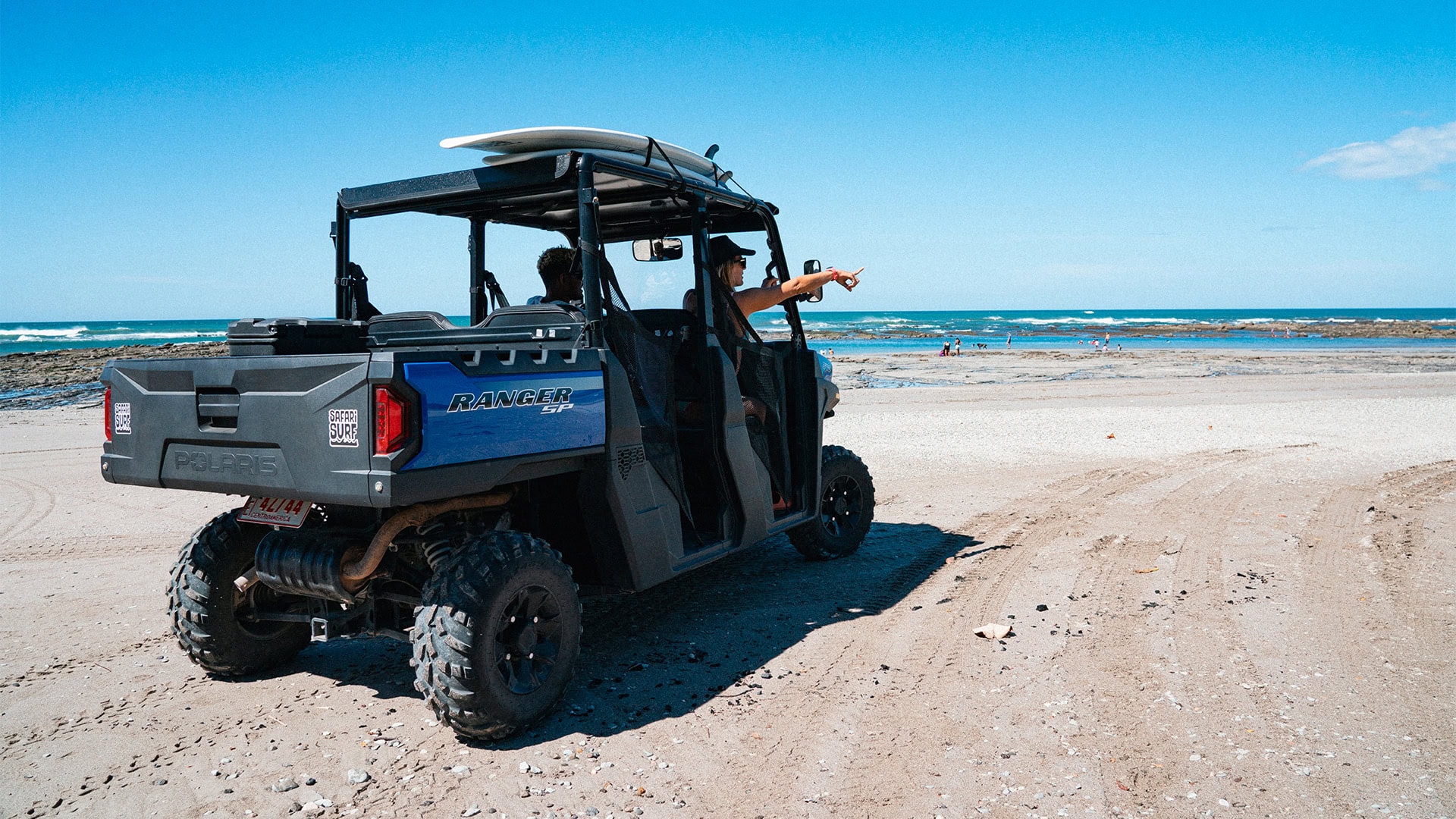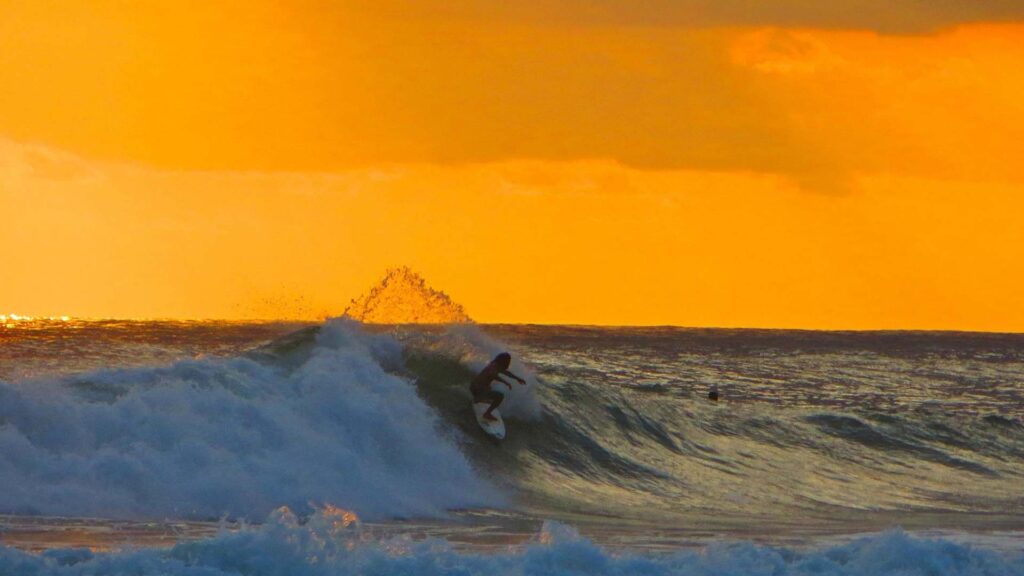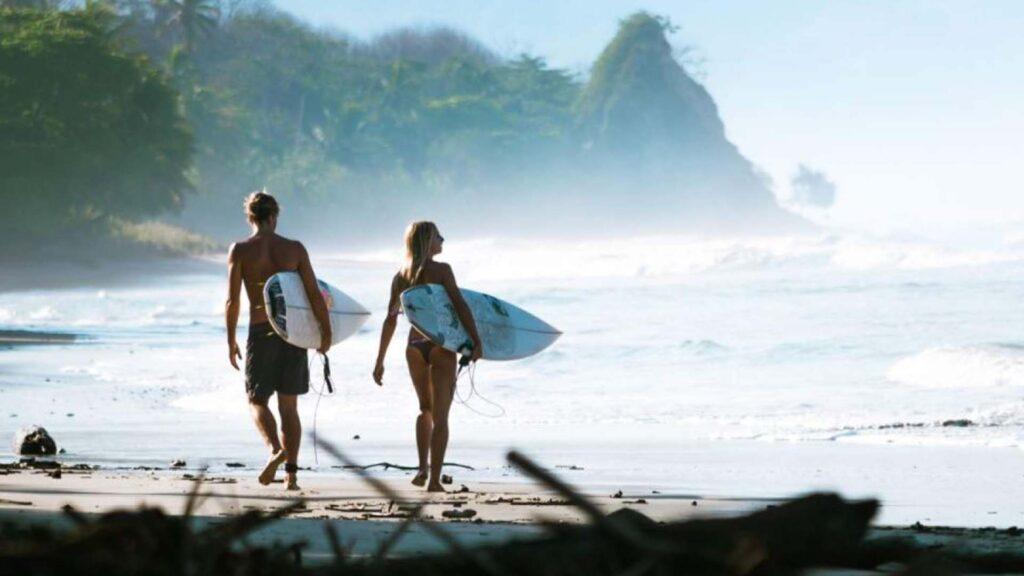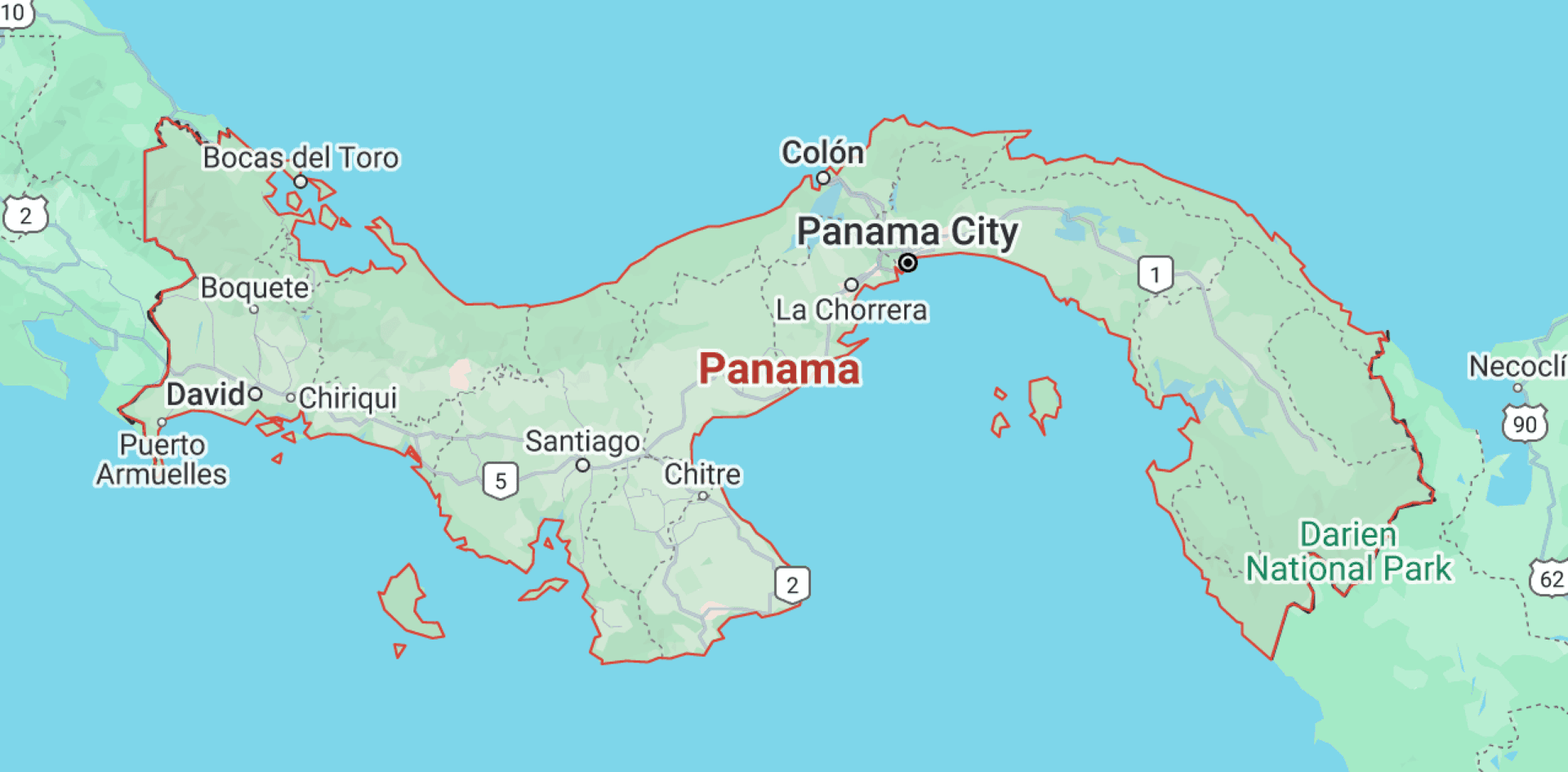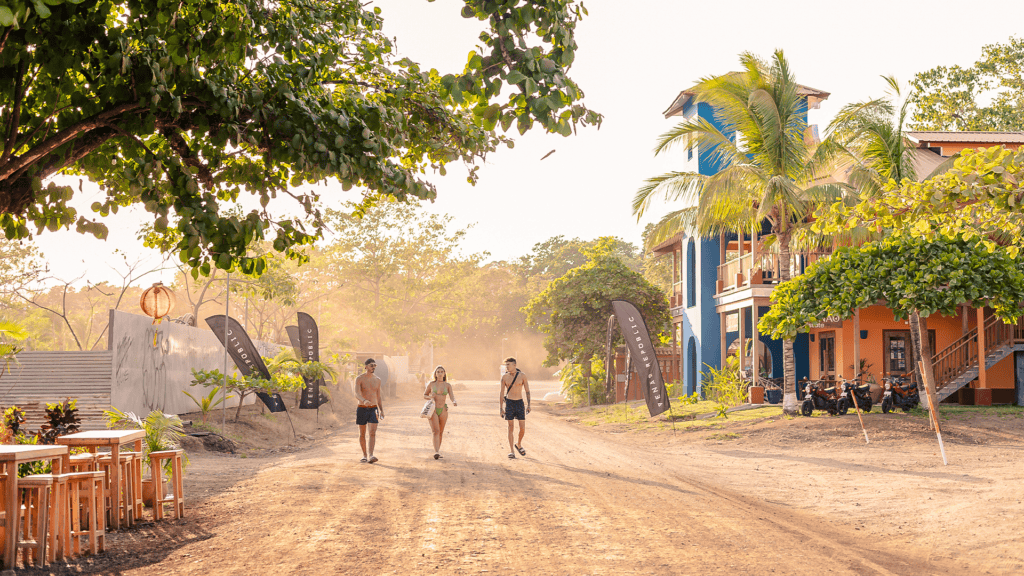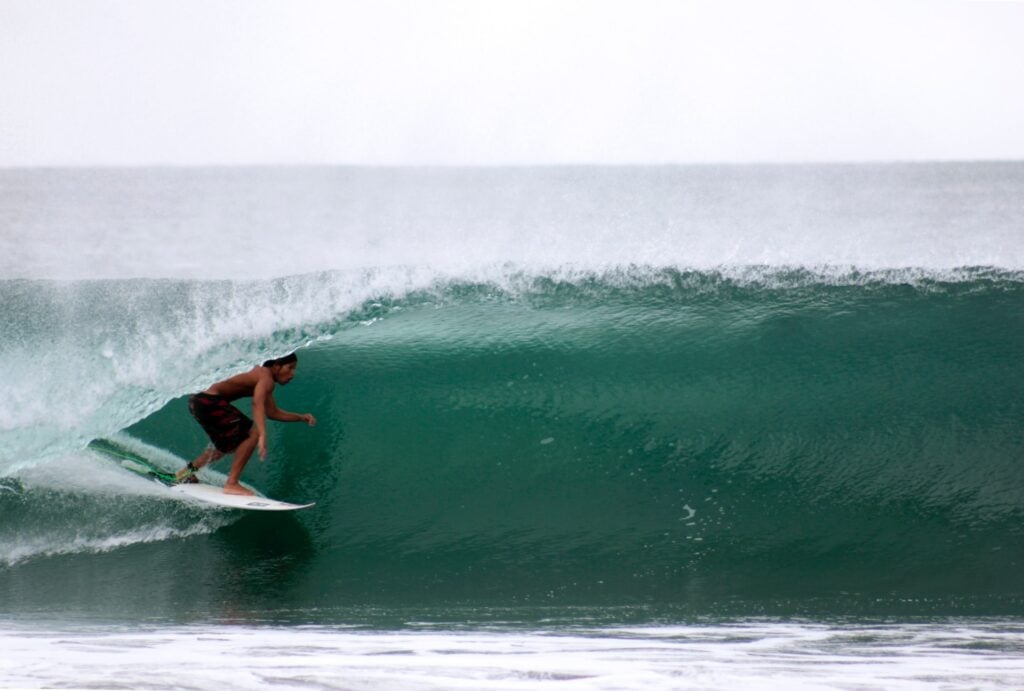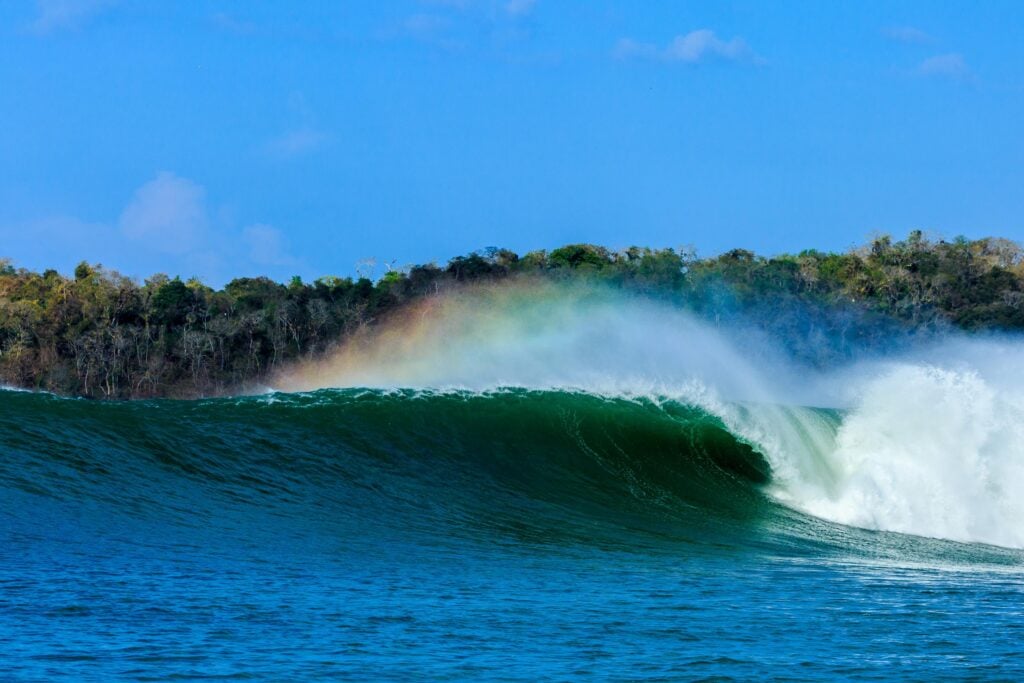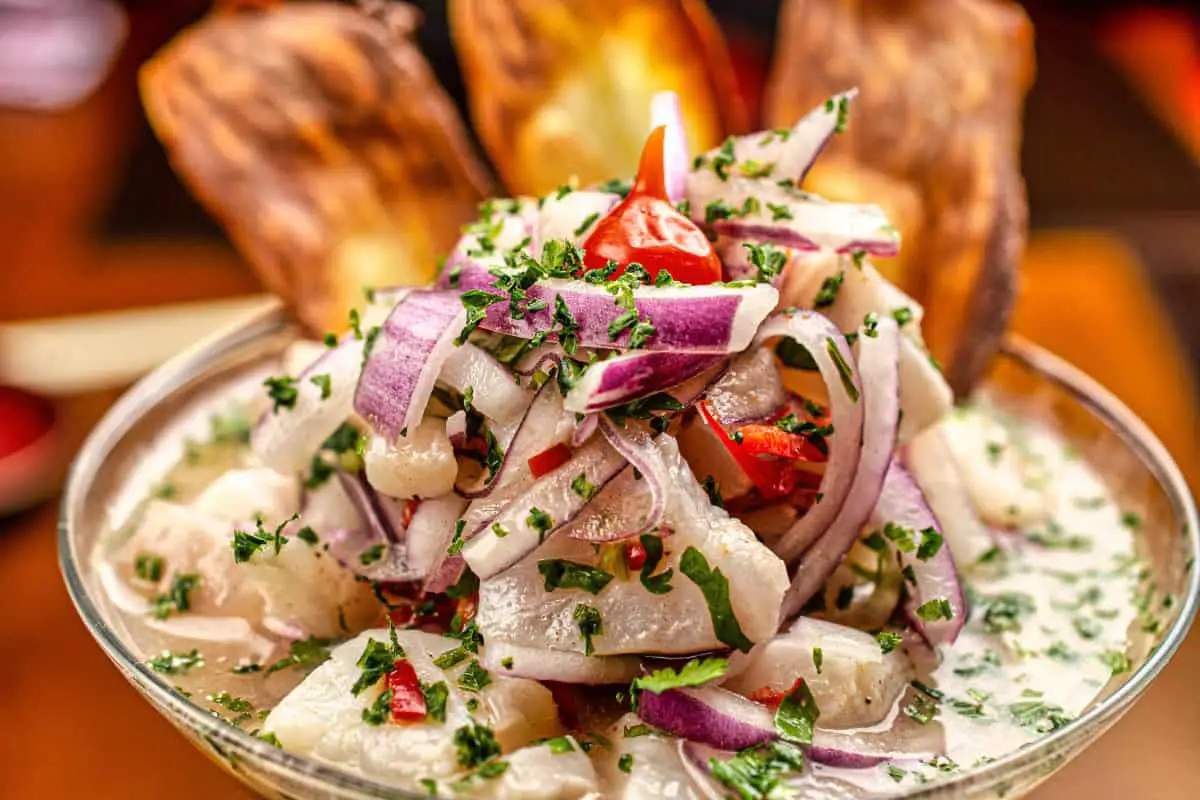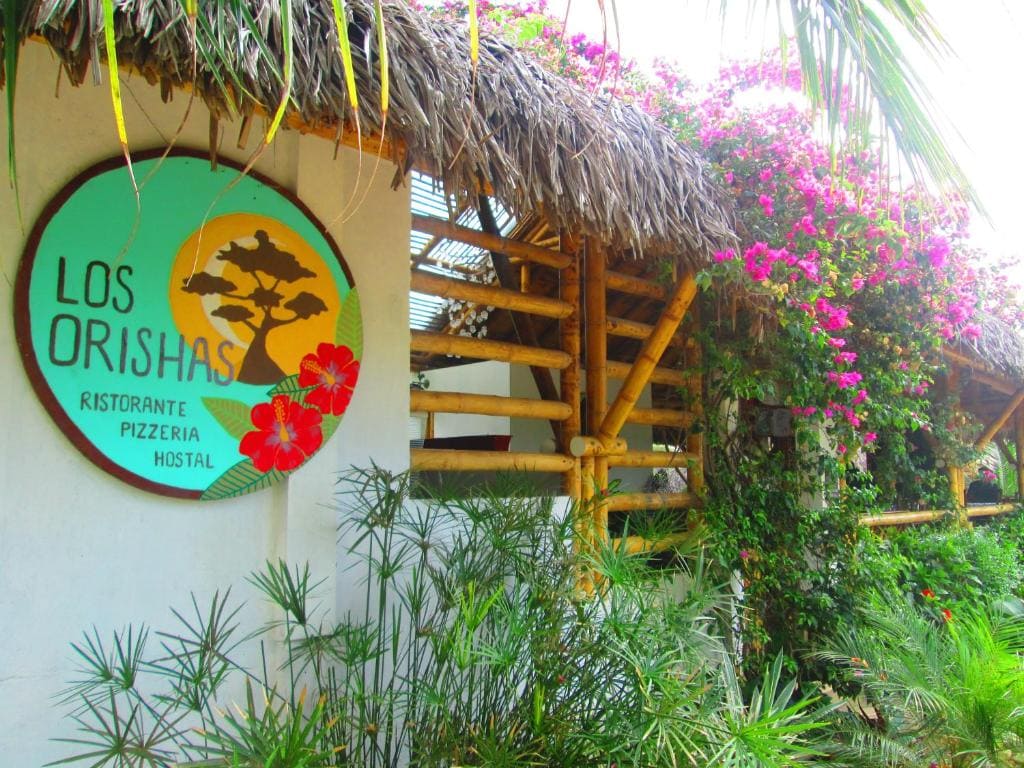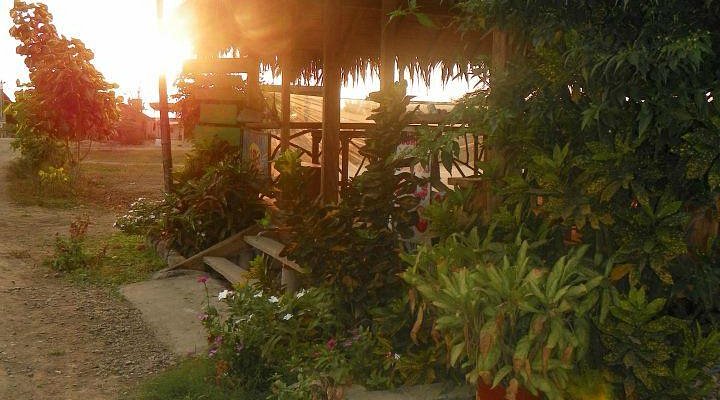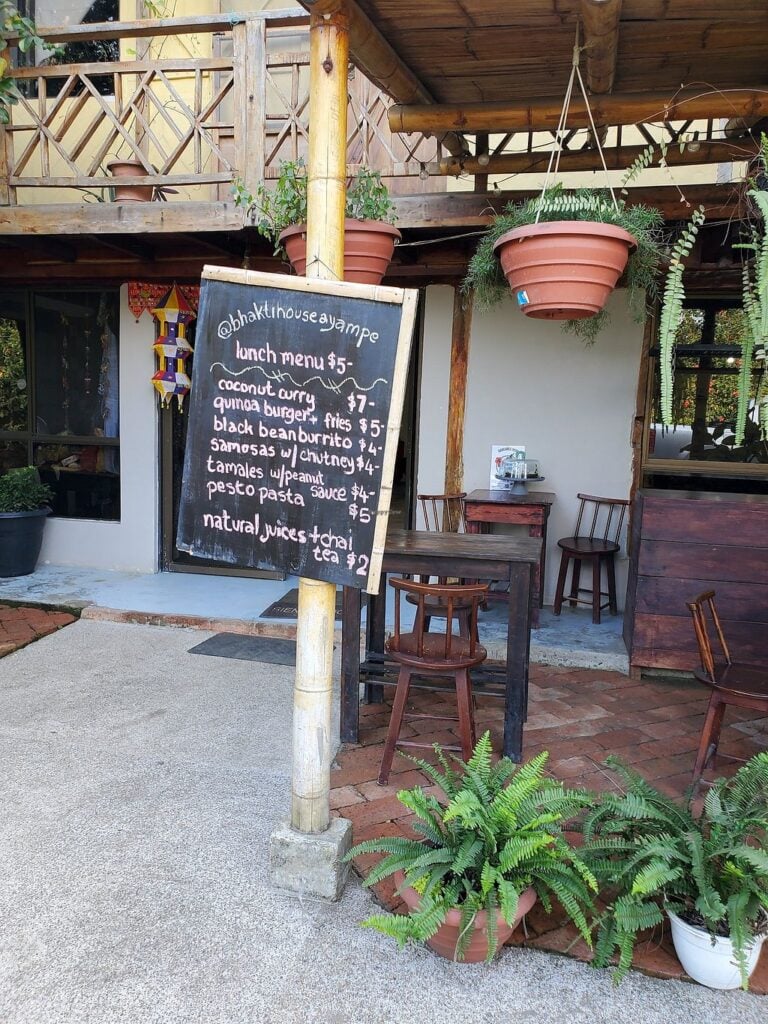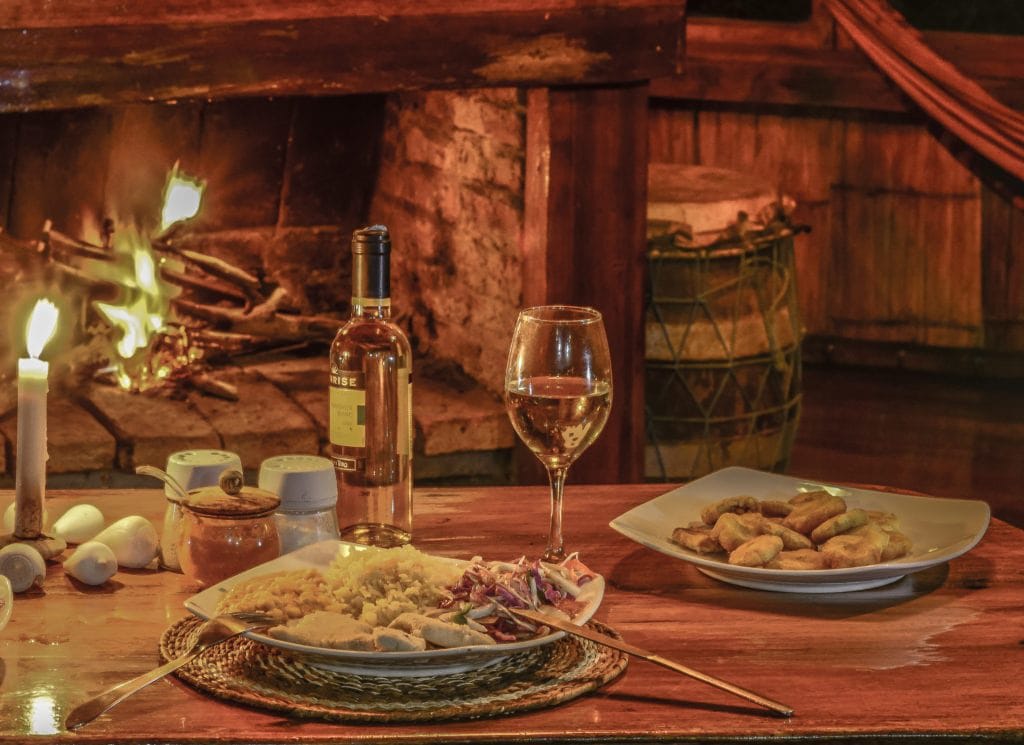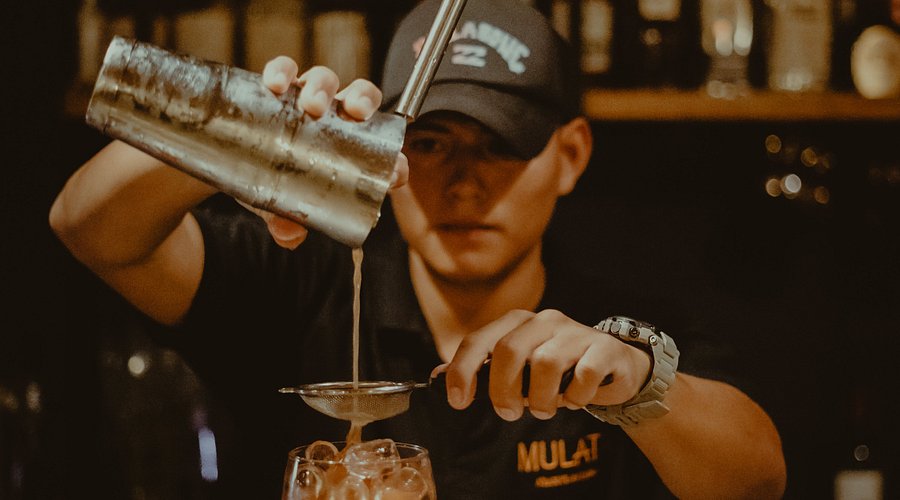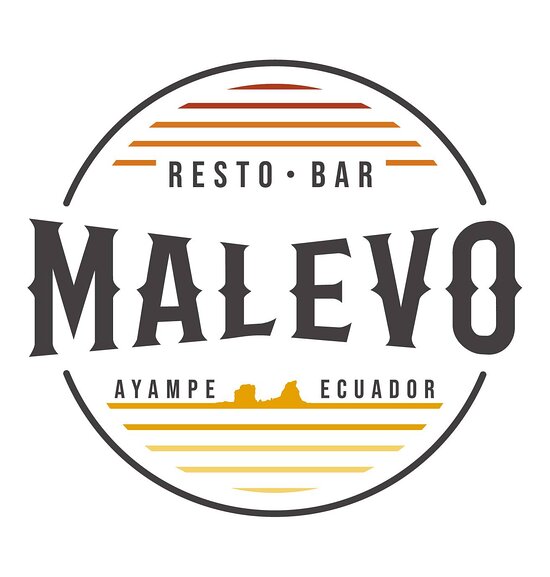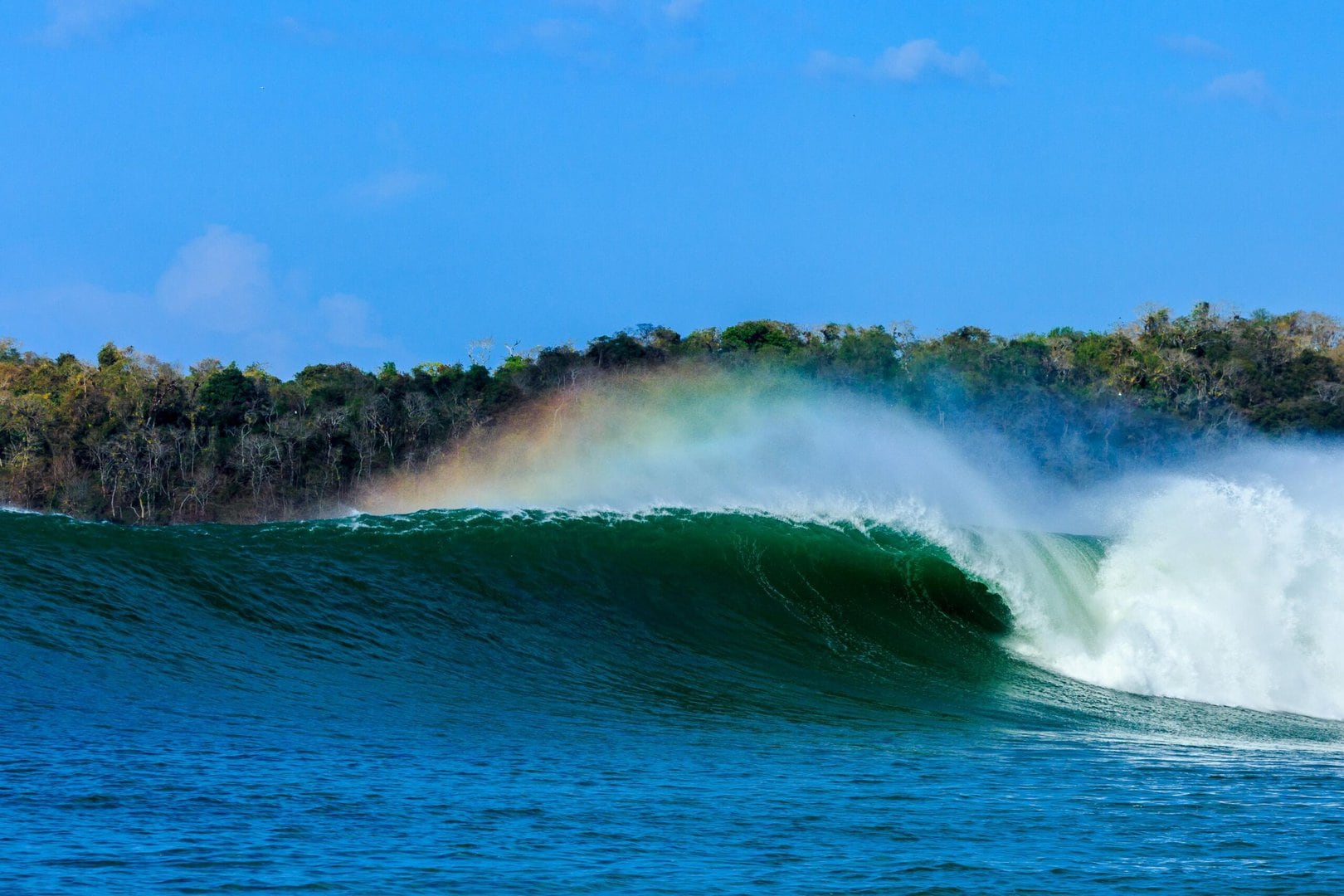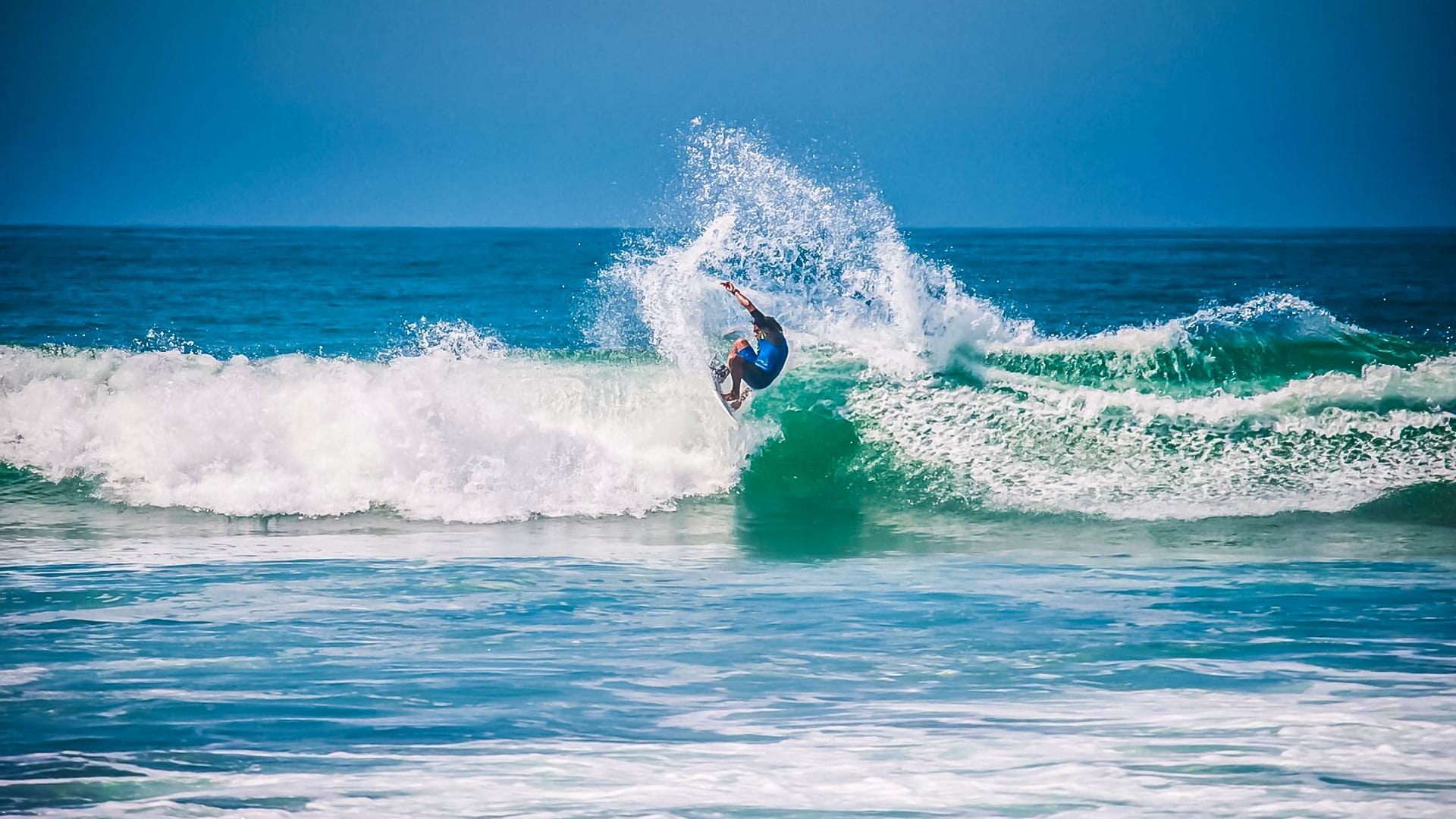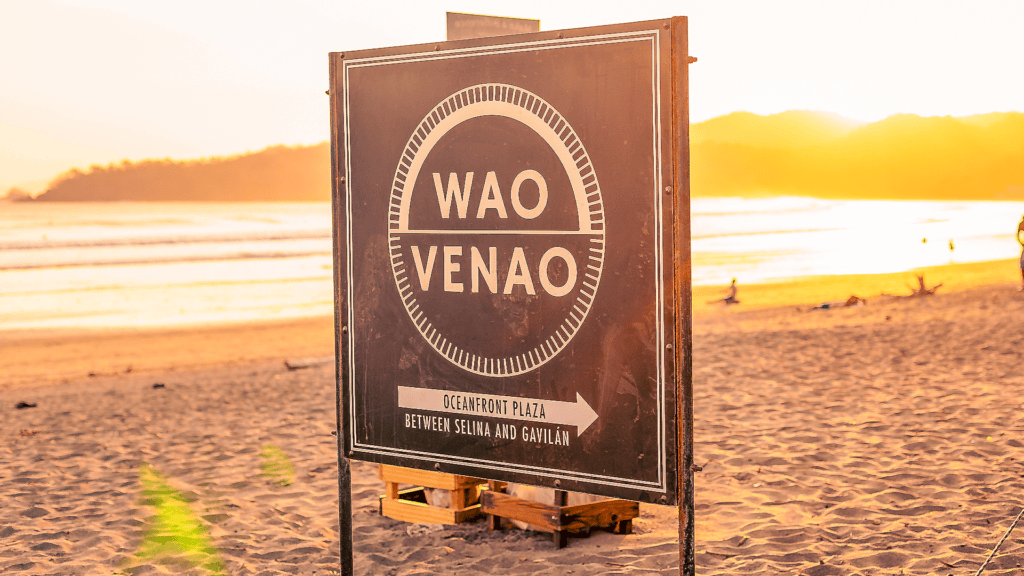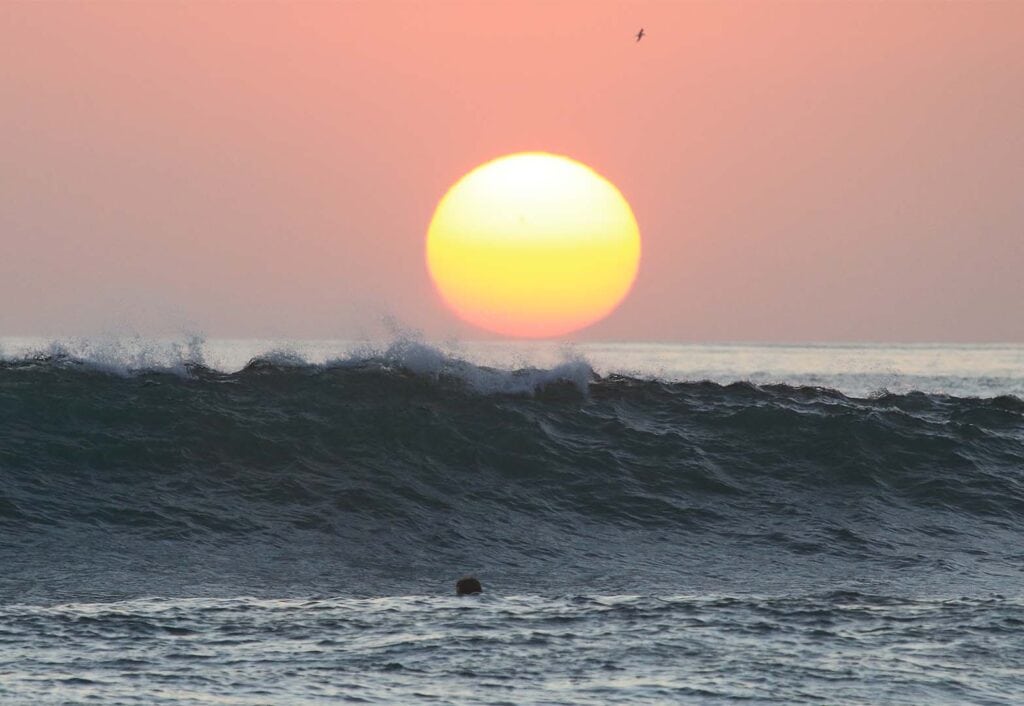Costa Rica has become one of the most sought-after destinations for travelers looking to experience everything from world-class surfing to pristine rainforests and dramatic volcanoes. Whether you’re an adventure seeker, wildlife enthusiast, or simply after a relaxing tropical getaway, Costa Rica offers a little bit of everything. For those seeking the perfect mix of surf, adventure, and culture, Nosara and Safari Surf School are the ideal starting point for an epic Costa Rica adventure.
Day 1-3: Nosara & Safari Surf School
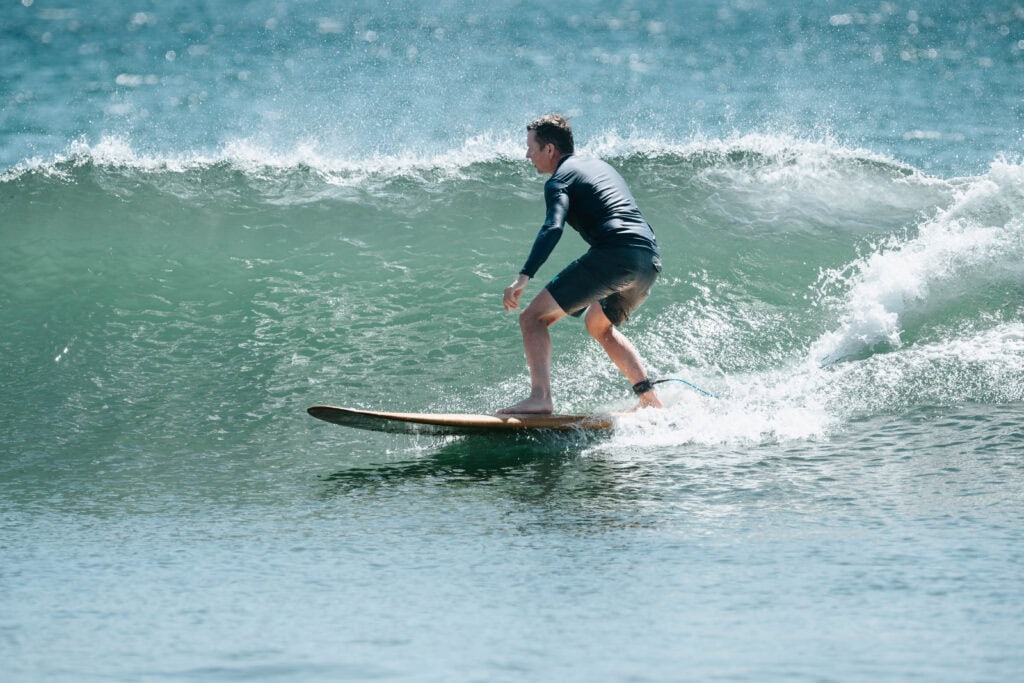
Your Costa Rican adventure begins with a direct flight to Liberia International Airport. From there, a scenic 2.5-hour drive will take you to Nosara, a laid-back beach town known for its surf and natural beauty. Nosara has a unique charm with its pristine beaches, clear waters, and a welcoming surf community.
Upon arrival, check in to Olas Verdes Hotel, where you’ll be immersed in the surf lifestyle with the perfect blend of comfort and local vibes. You’ll be just minutes away from Playa Guiones, the ultimate progression break. Whether you’re a beginner or an experienced surfer, Safari Surf’s expert instructors offer personalized lessons to help you progress.
Take a morning surf lesson and spend the afternoon exploring the town, soaking up the sun, and enjoying Nosara’s unique charm before heading out for a sunset surf.
Day 4: Monteverde Cloud Forest

After spending a few days enjoying the surf, it’s time to venture into the heart of Costa Rica’s incredible biodiversity. Drive a few hours from Nosara to the lush cloud forest of Monteverde, renowned for its unique lush jungles, ample wildlife, and canopy tours.
Here, you’ll hike through dense forests that are home to a variety of birds, monkeys, and vibrant plant life. Don’t miss the Monteverde Cloud Forest Reserve, where the mist-covered trees create an otherworldly experience. The Hanging Bridges offer suspended bridges above the forest canopy, and the Sky Tram takes you on an aerial tour with panoramic views.
Day 5: Arenal Volcano

Next, head to Arenal, one of Costa Rica’s most iconic landmarks. Home to the active Arenal Volcano, this region offers an exciting mix of outdoor adventures. Hike through the lava fields, explore the volcanic landscape, and take in the views of the surrounding mountains and forests.
After a day of exploration, unwind in the natural hot springs, heated by the volcano. Many resorts in the area, such as Tabacón Thermal Resort, offer luxurious pools surrounded by lush jungle, making them perfect for relaxing after a hike.
Days 6-7: Manuel Antonio National Park

Your Costa Rican adventure concludes with a visit to Manuel Antonio National Park, a tropical paradise teeming with wildlife, pristine beaches, and stunning hiking trails. Located on the Pacific coast, this park offers everything from lounging on white sand beaches to hiking through lush jungle to spot monkeys, sloths, and exotic birds.
Spend your days in the park, hiking the various trails, or relaxing on one of the park’s beautiful beaches. If you’re feeling adventurous, consider taking a boat tour to explore the nearby coves. In the evening, indulge in local seafood and enjoy the lively atmosphere of Quepos’ beach town.
While Nosara and Safari Surf School may be the heart of your Costa Rican journey, this well-rounded itinerary ensures that you get a taste of everything Costa Rica has to offer. From the waves in Nosara to the cloud forests, volcanoes, and beaches of Monteverde, Arenal, and Manuel Antonio, this itinerary captures the best of what this amazing country has to offer. Whether you extend your trip to visit more destinations or dive deeper into one of the regions, Costa Rica is guaranteed to leave you with memories that will last a lifetime. Book your Costa Rica adventure today!

